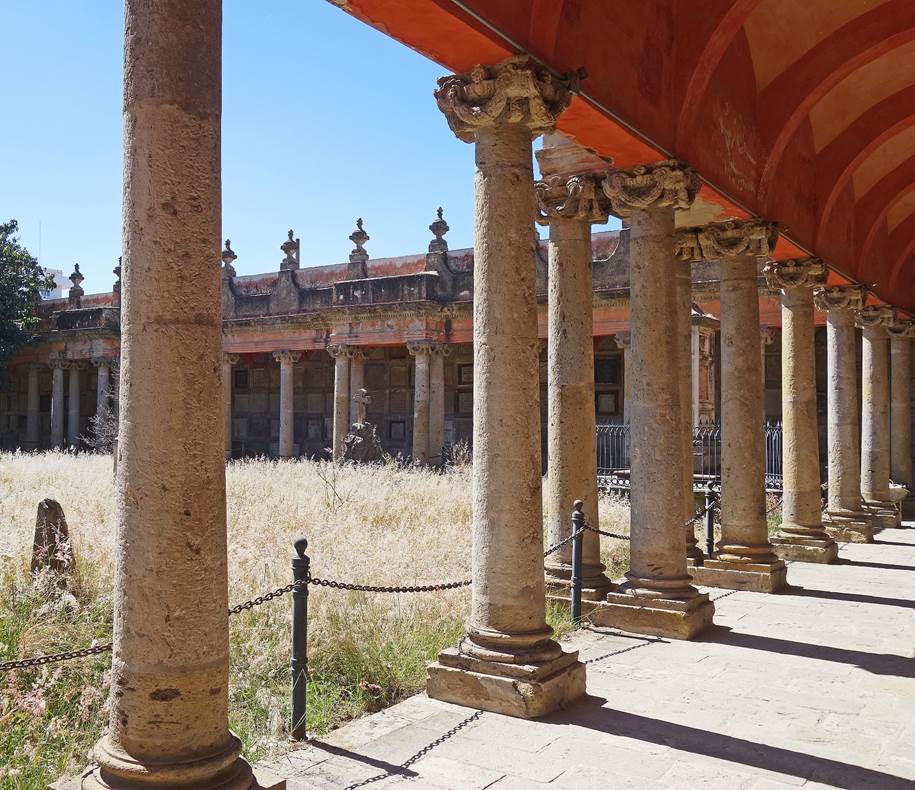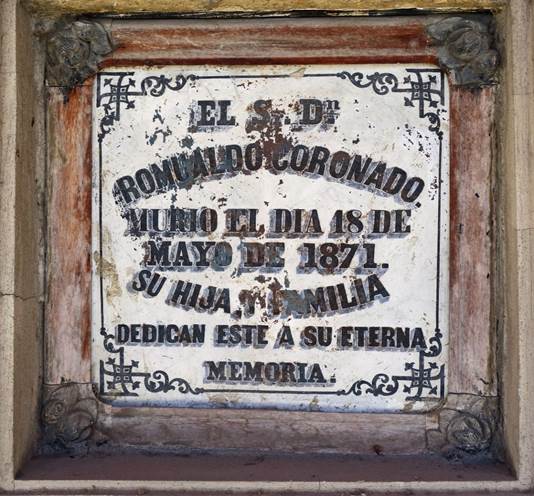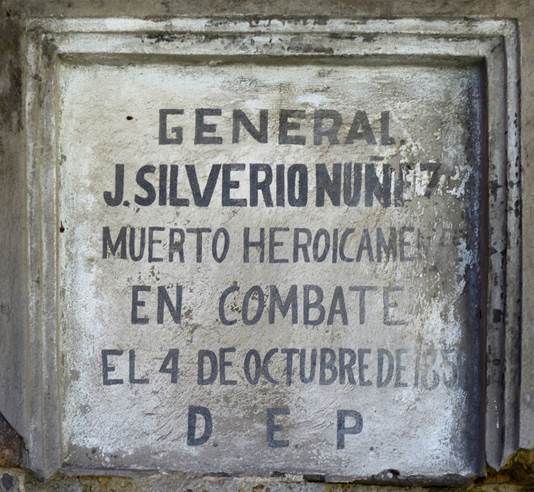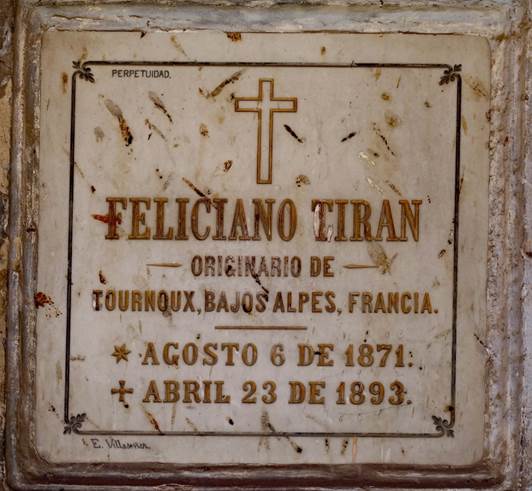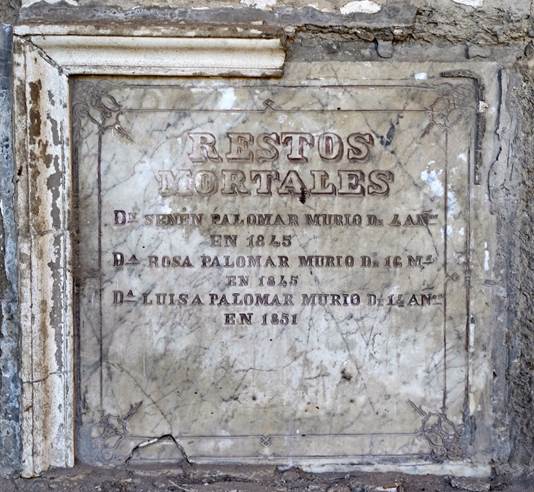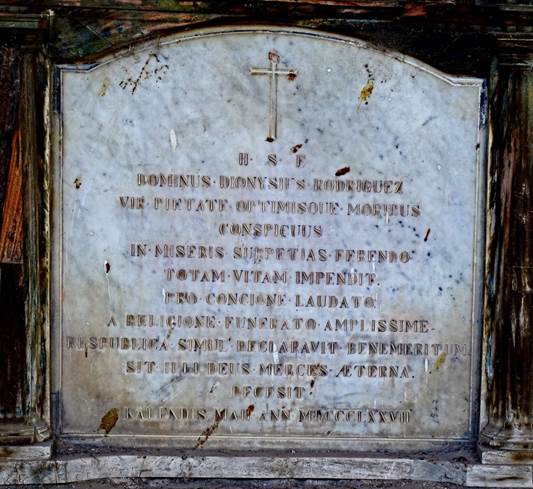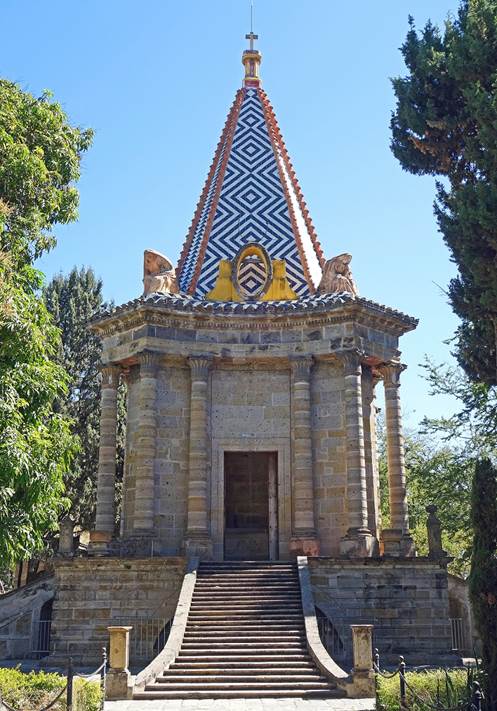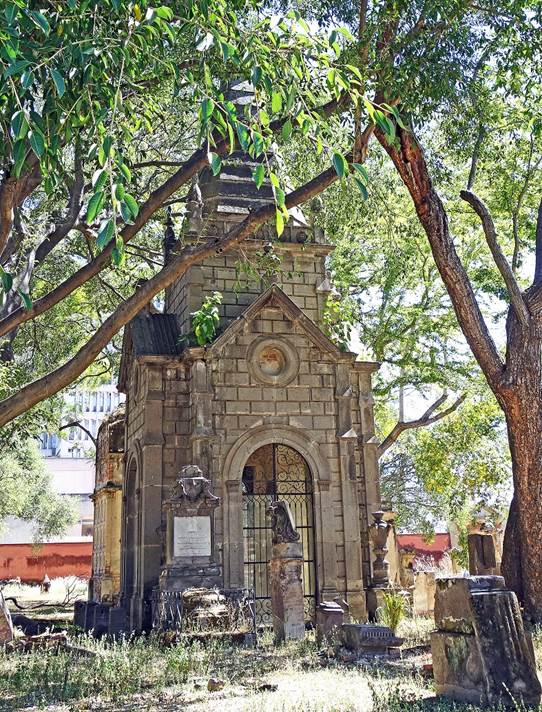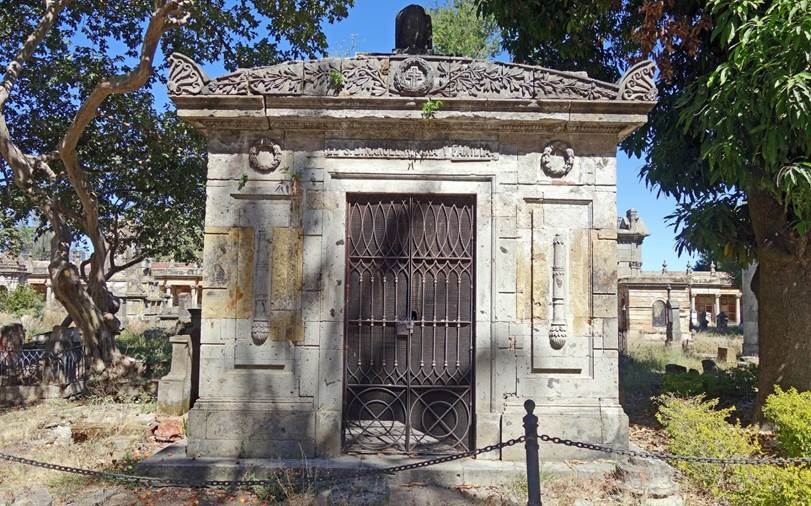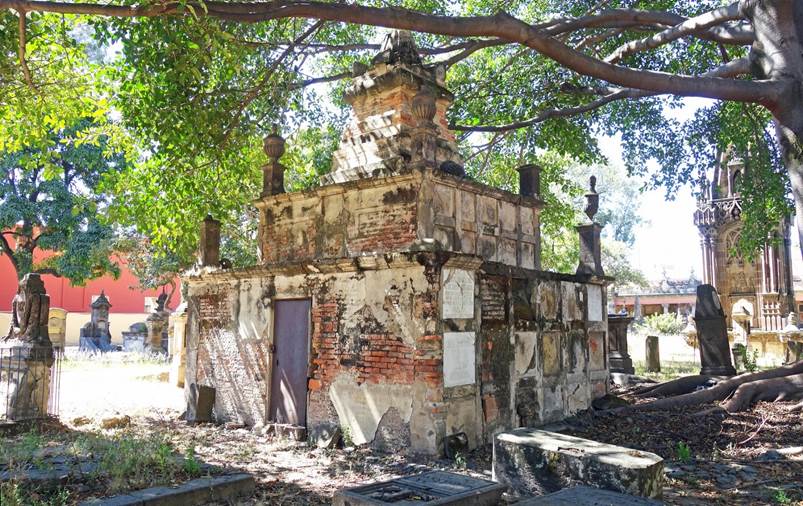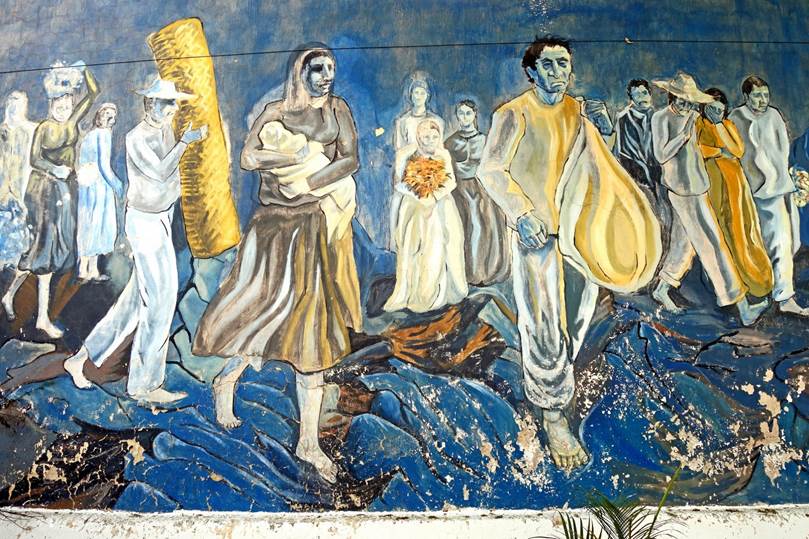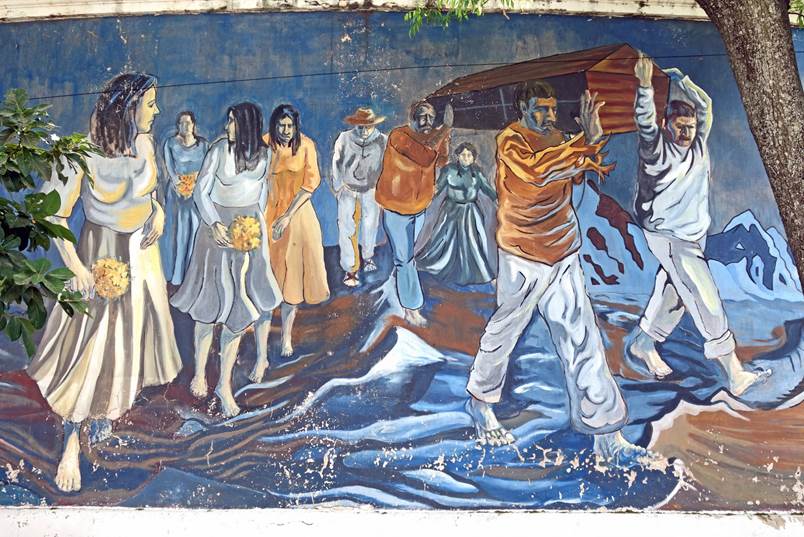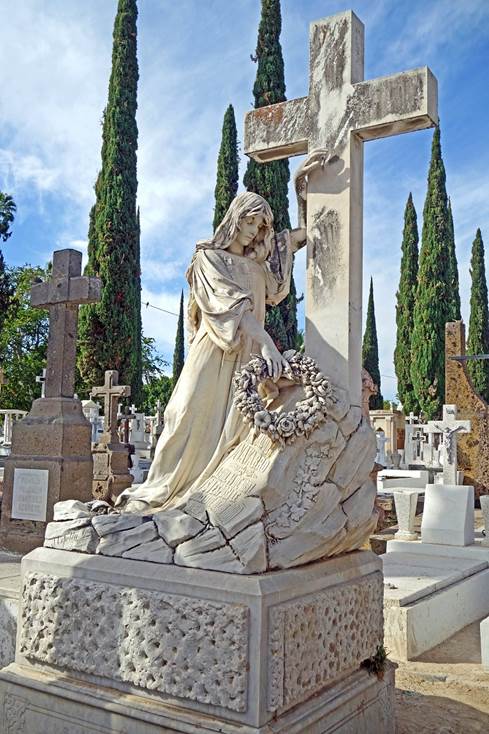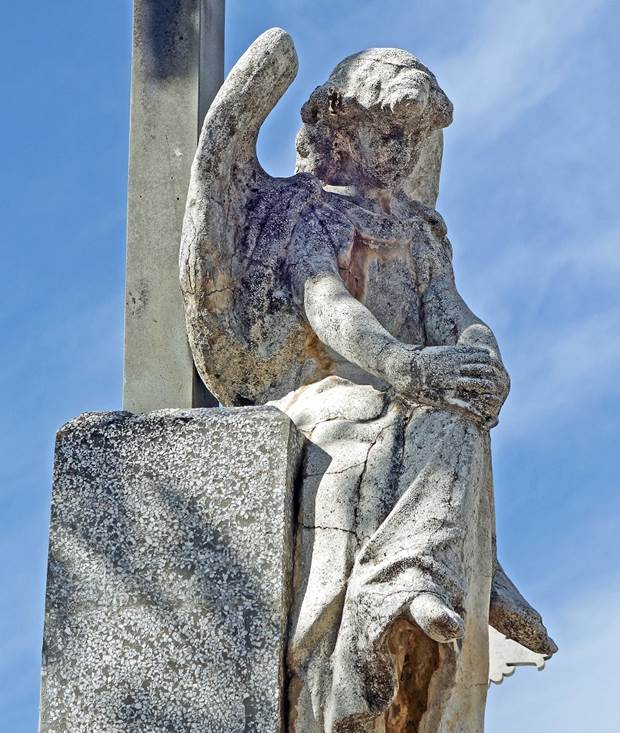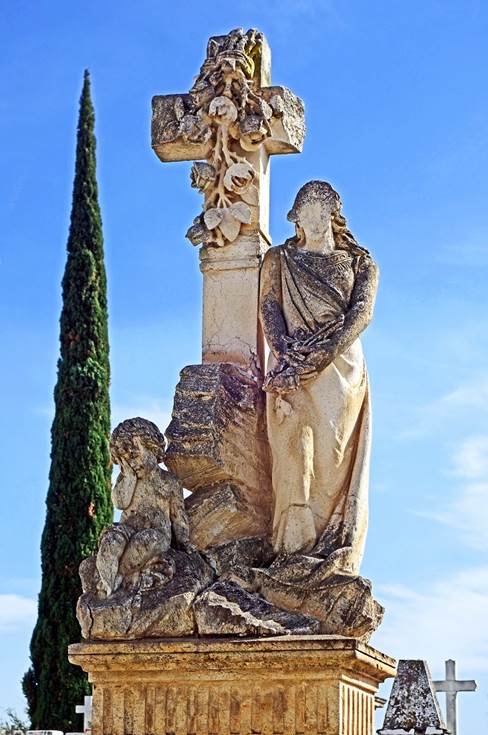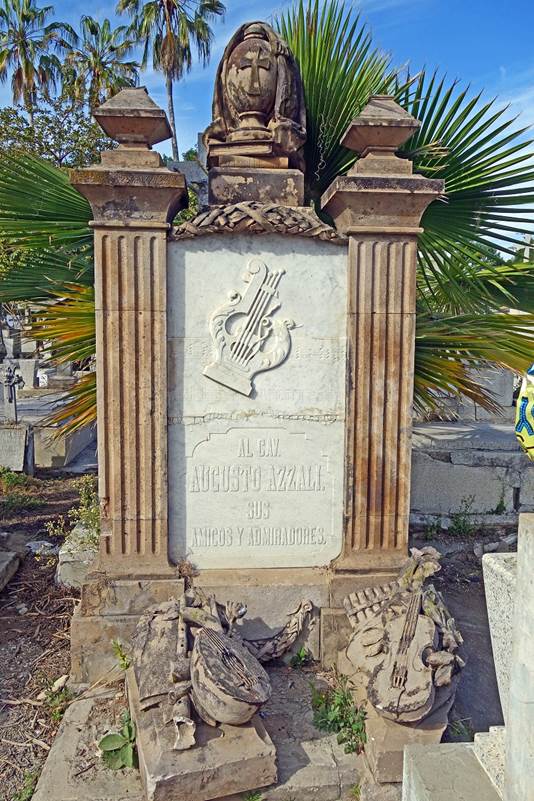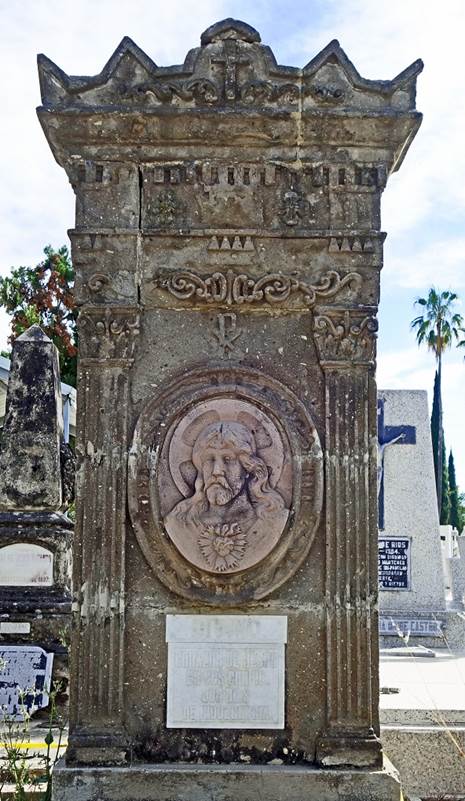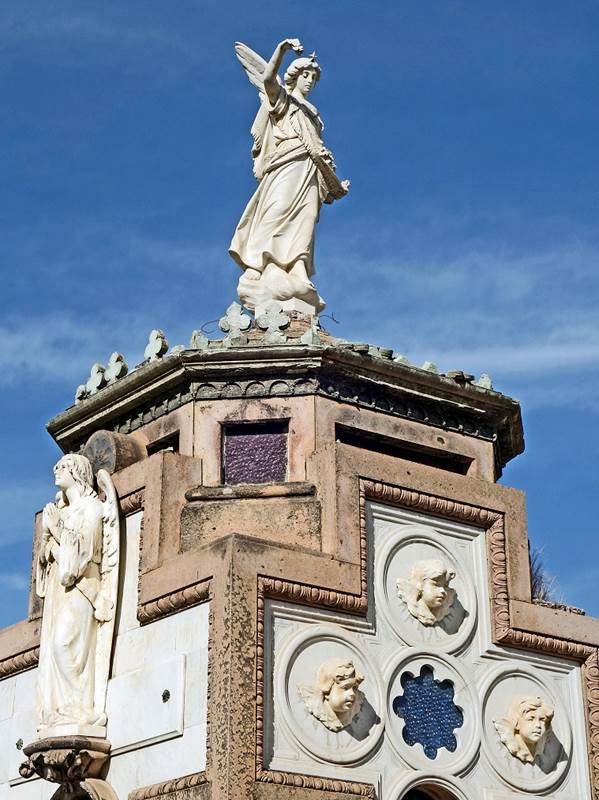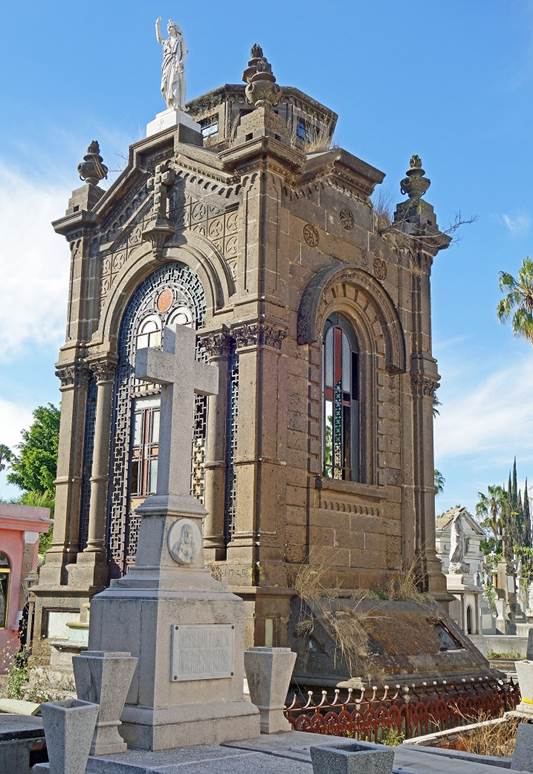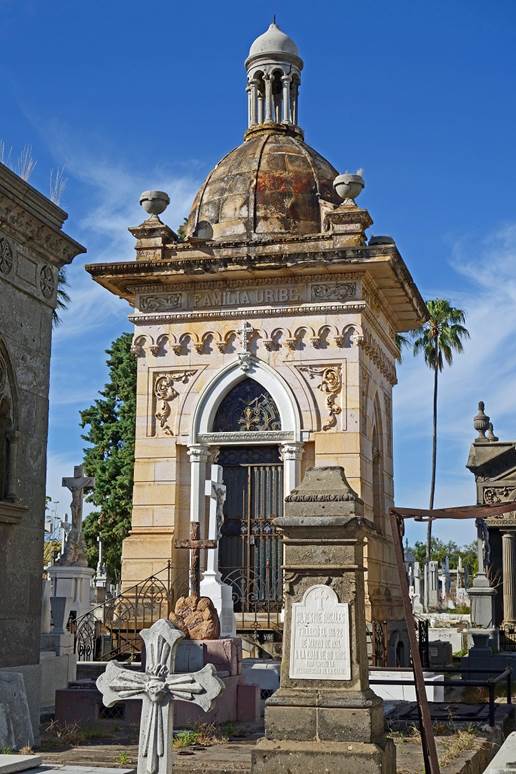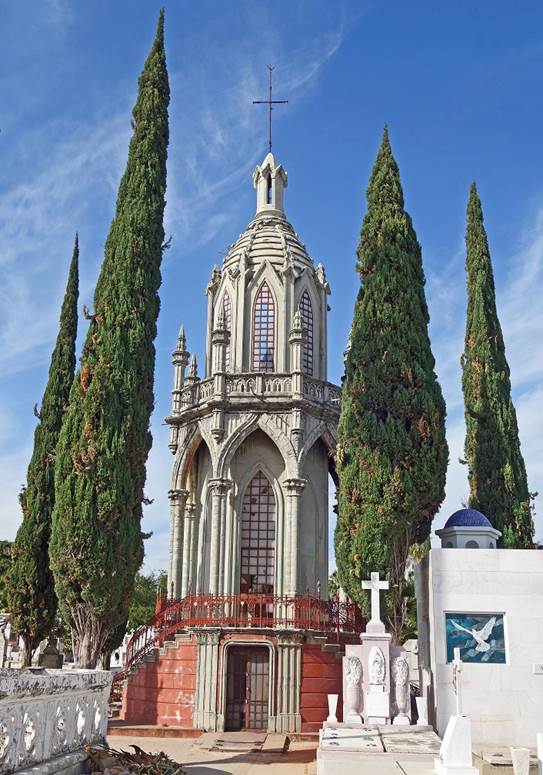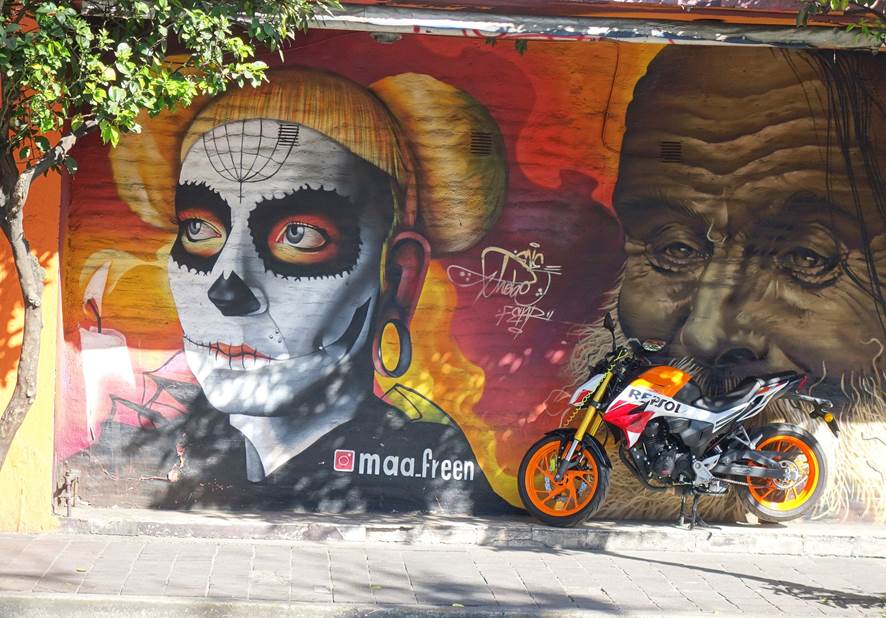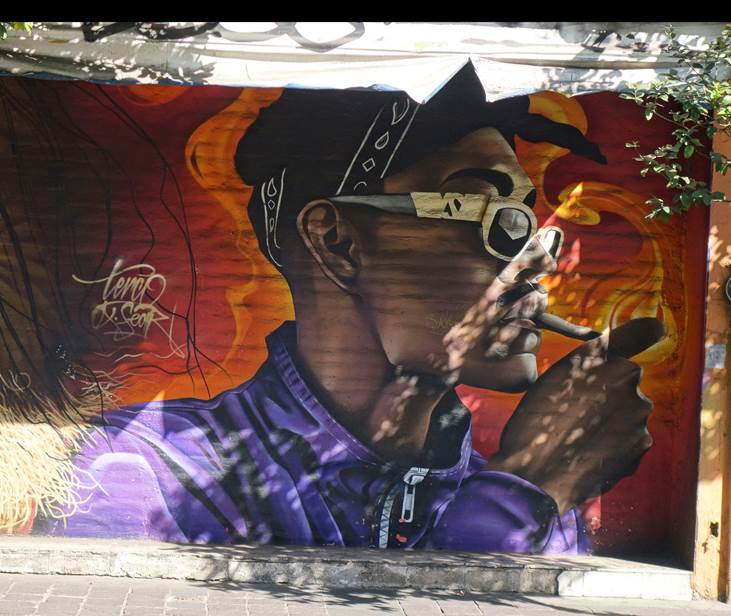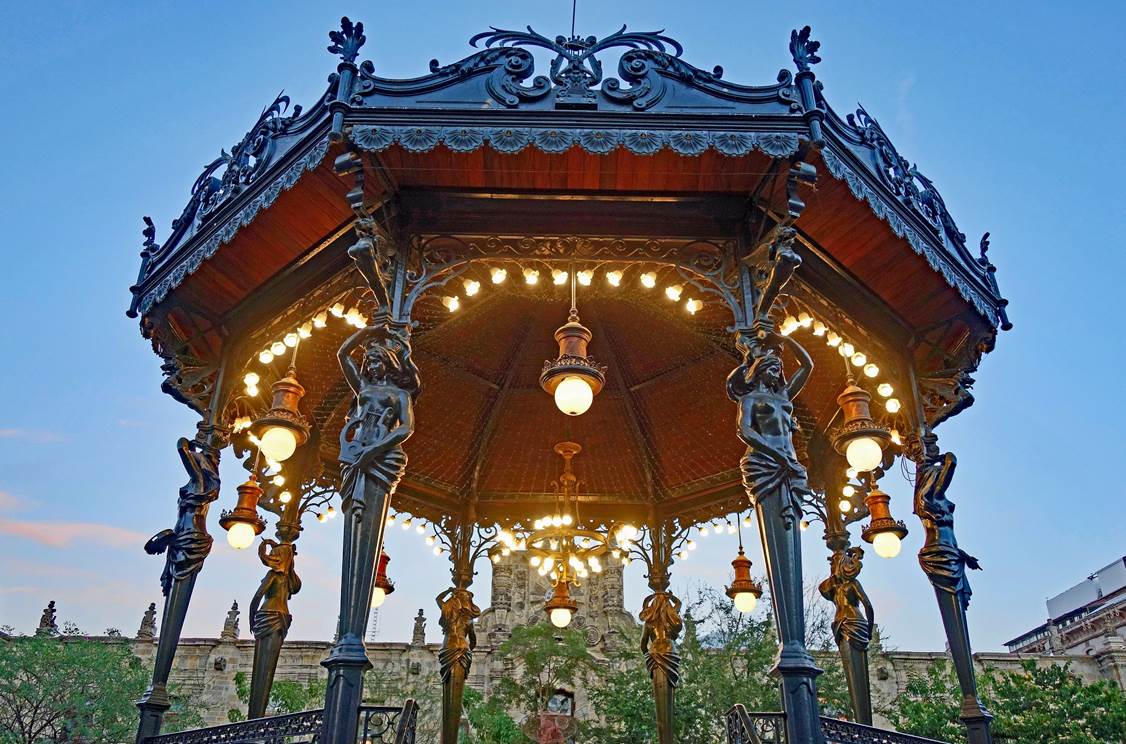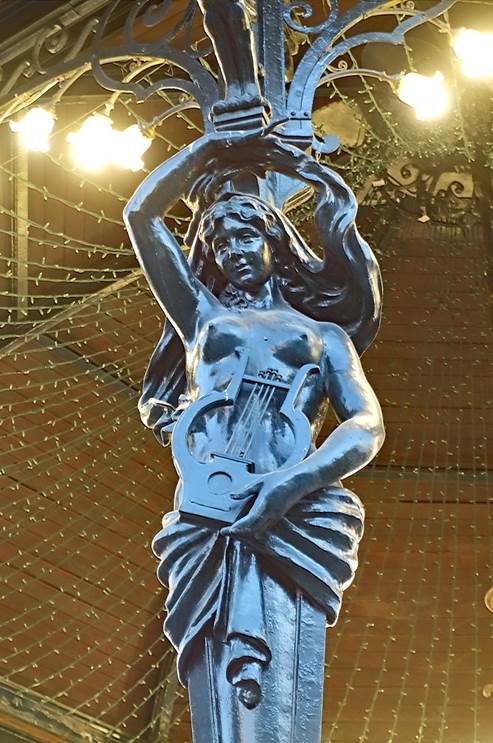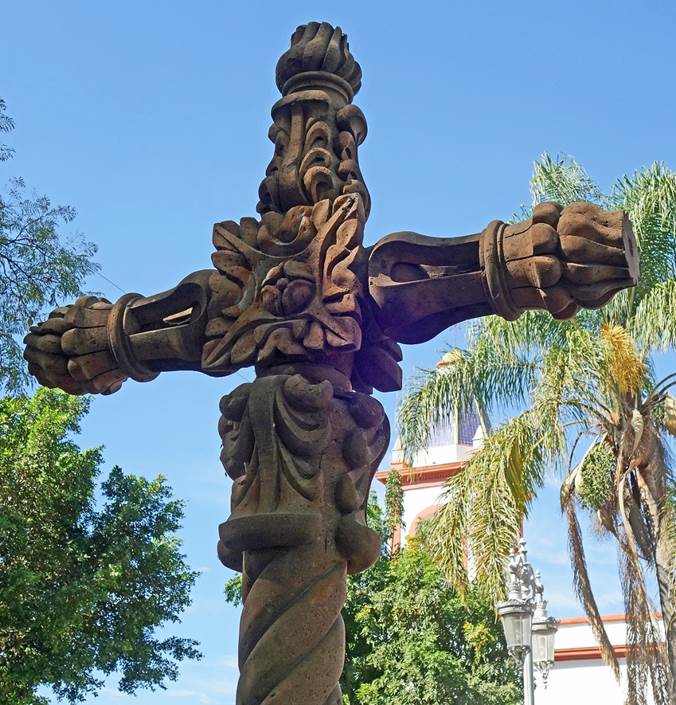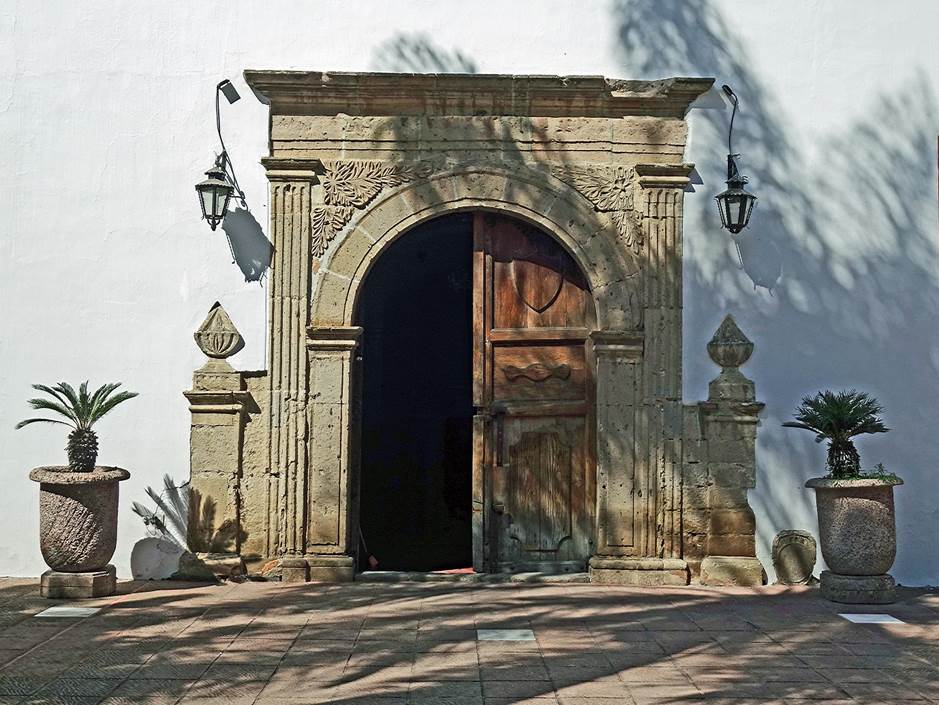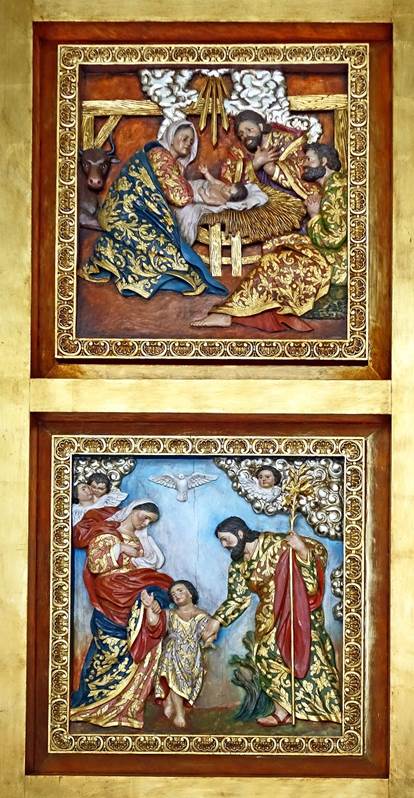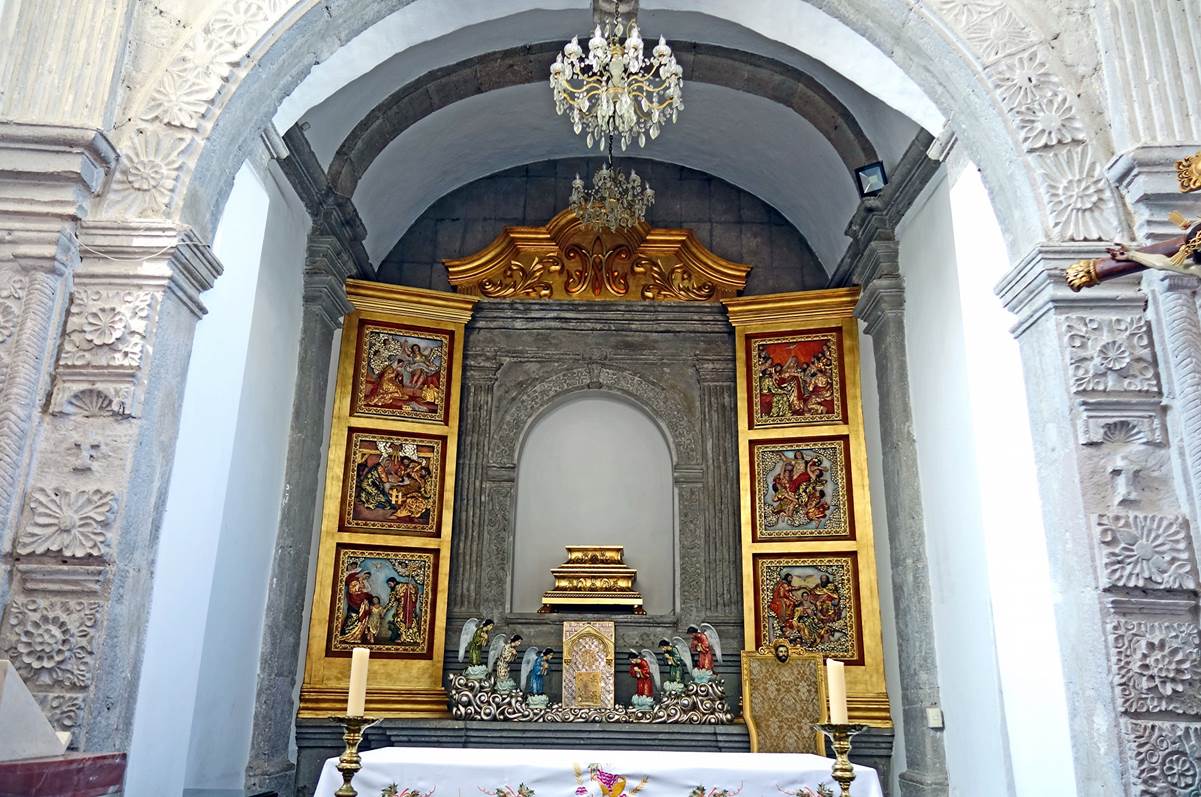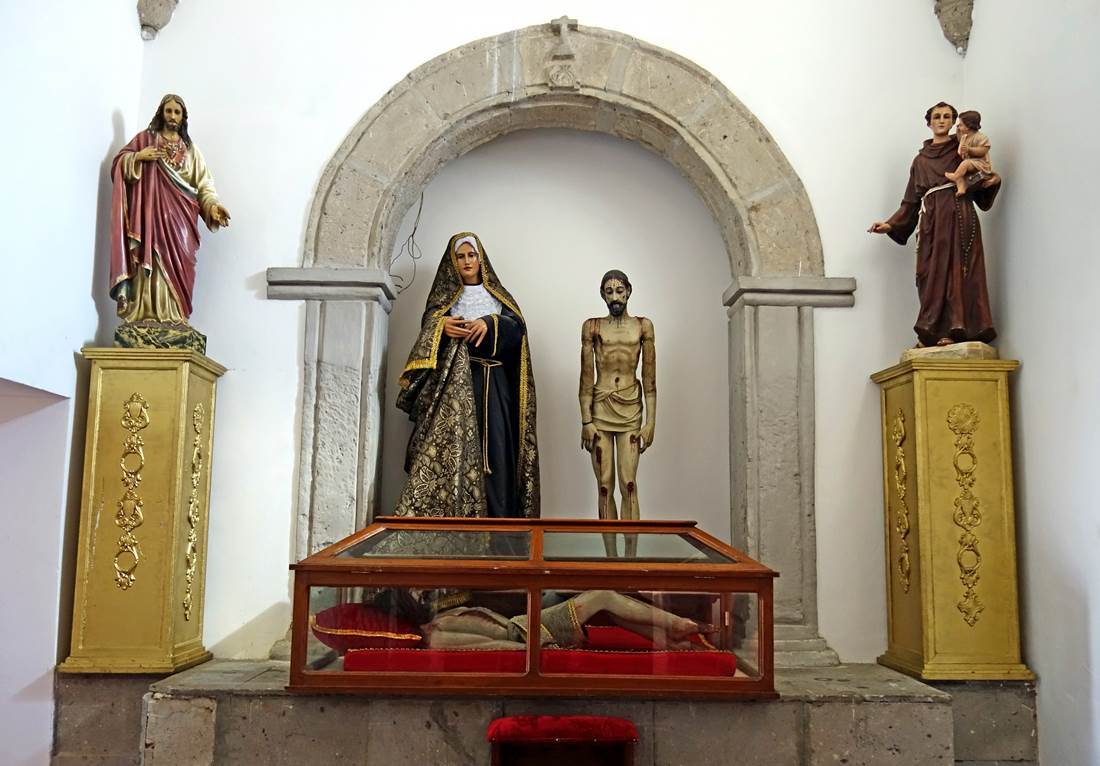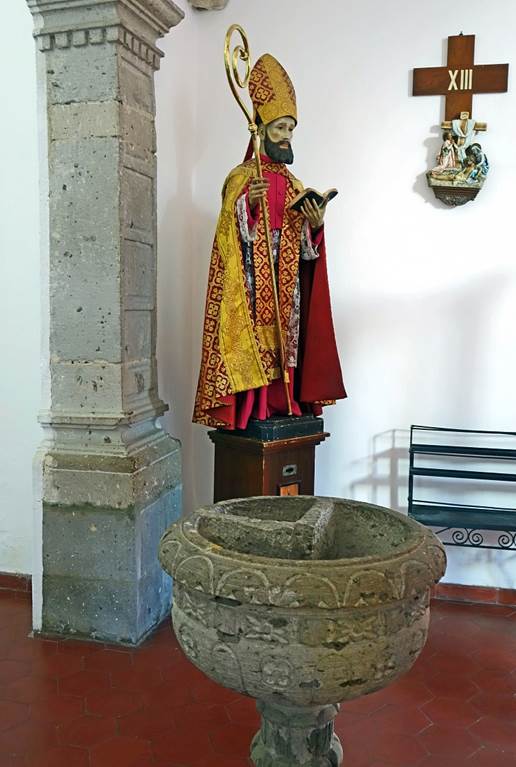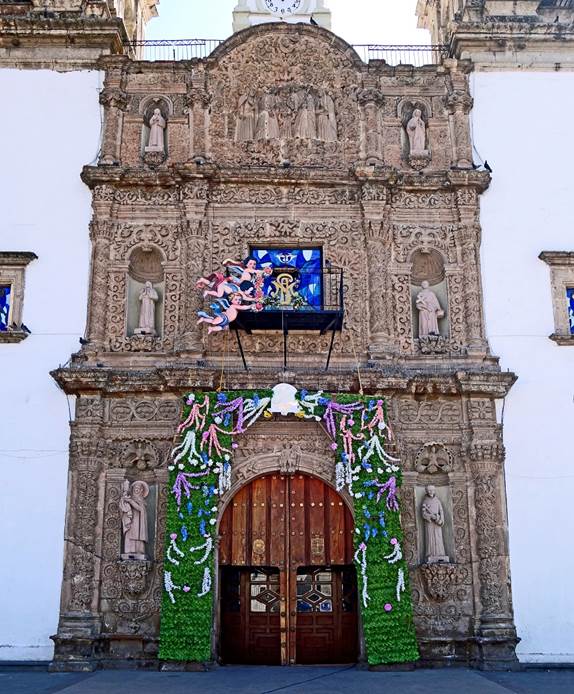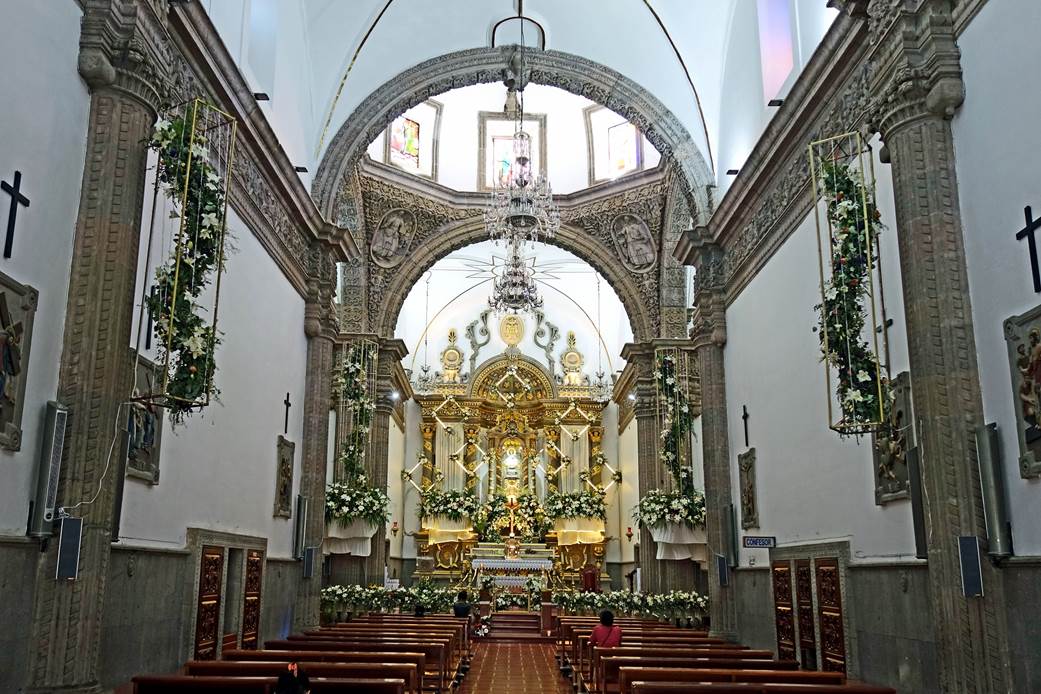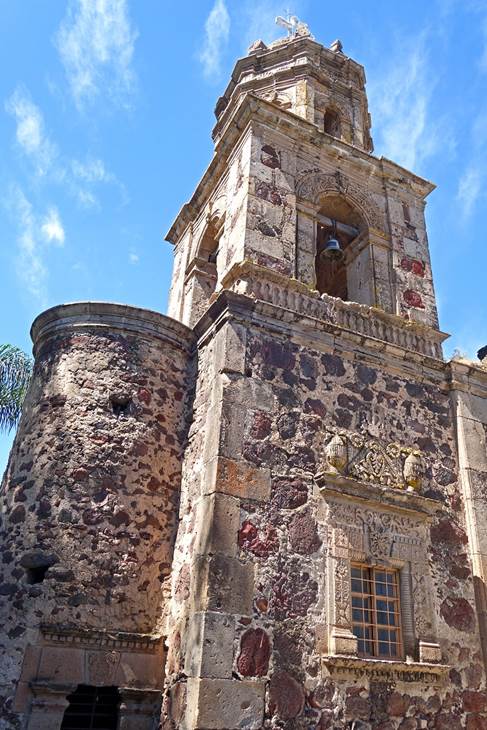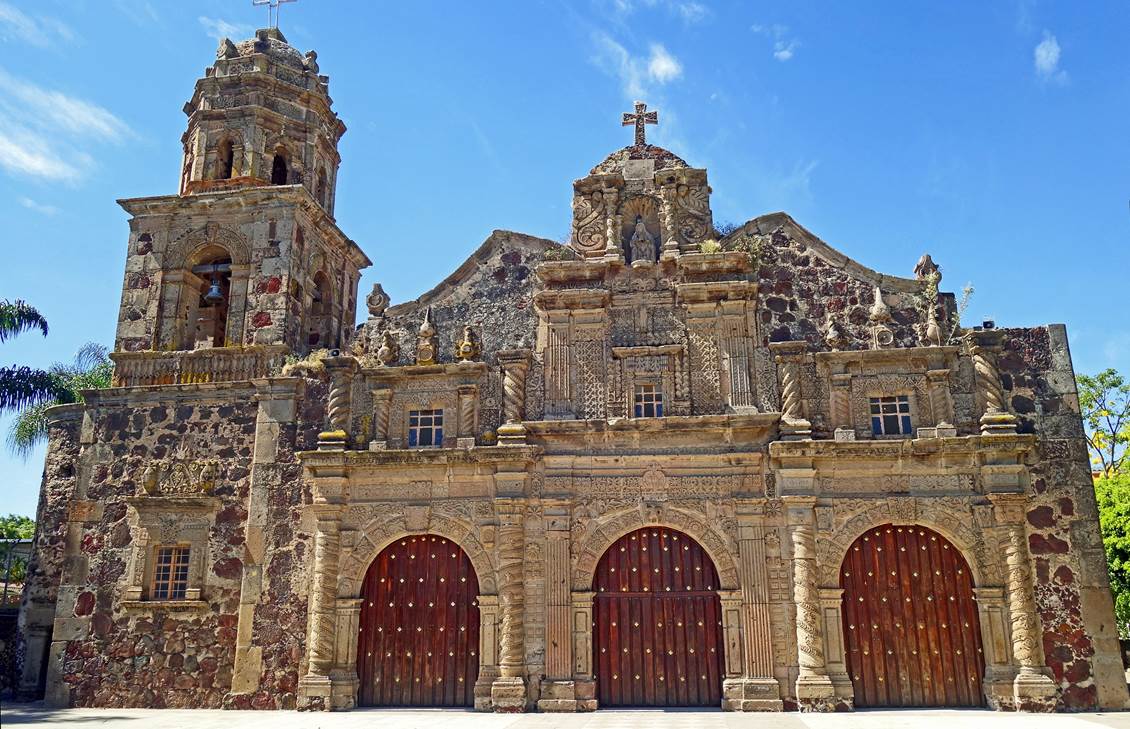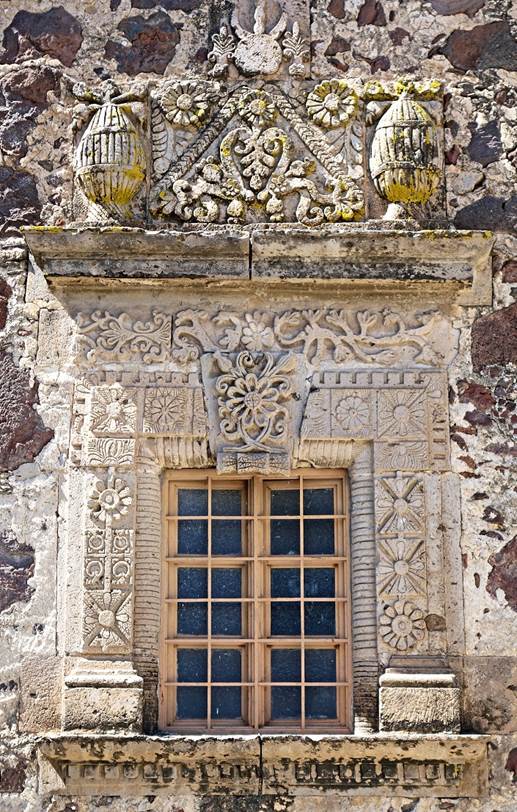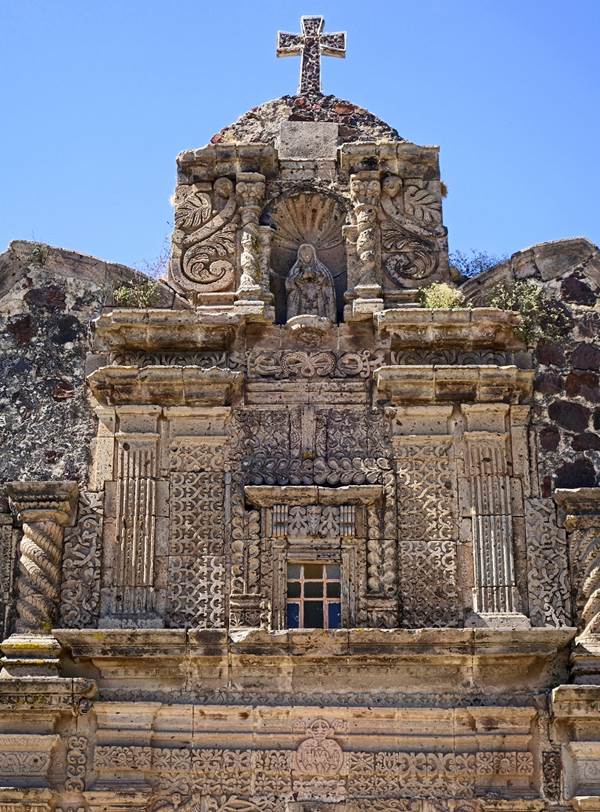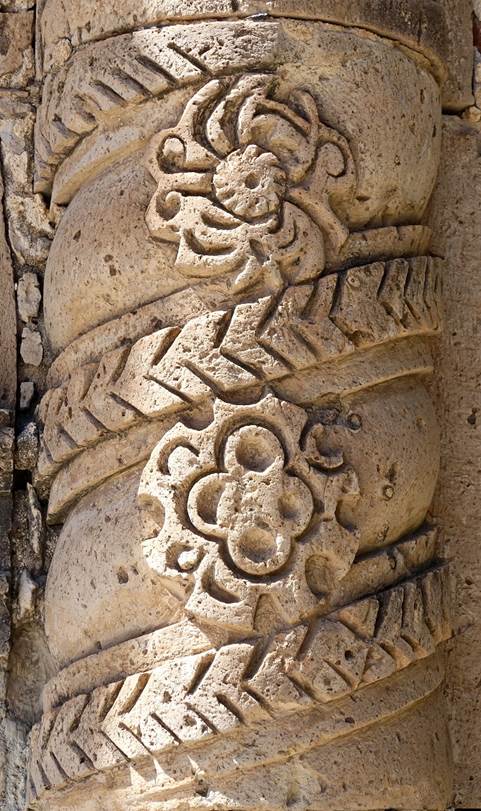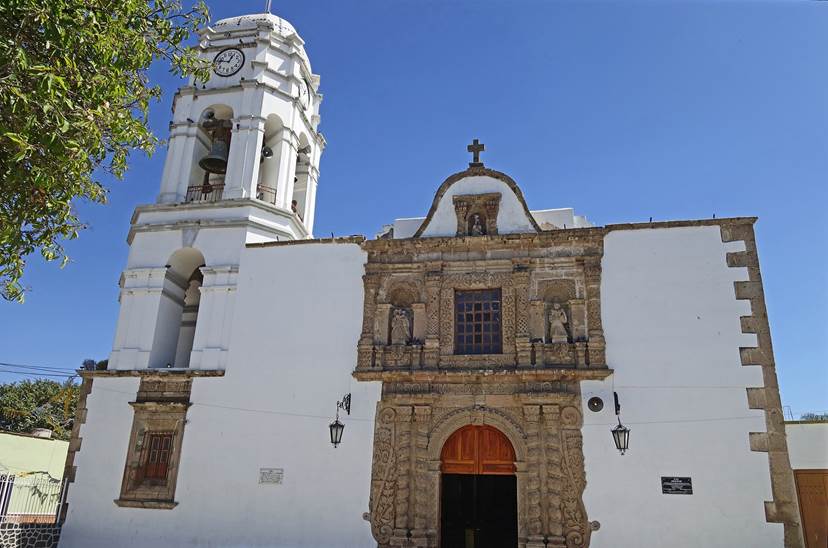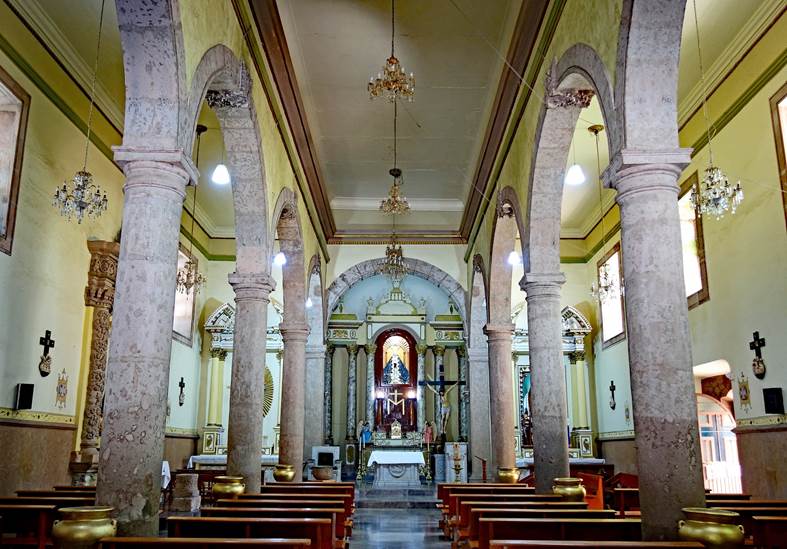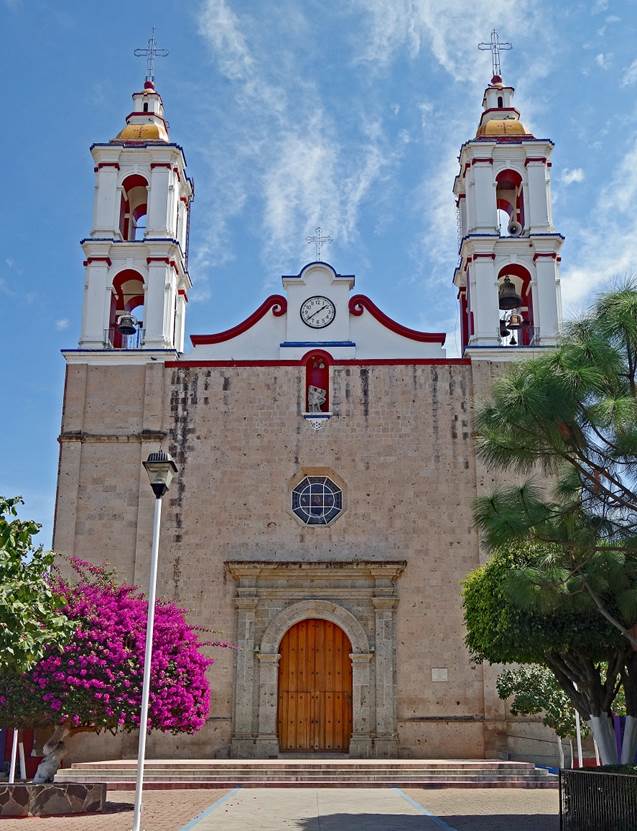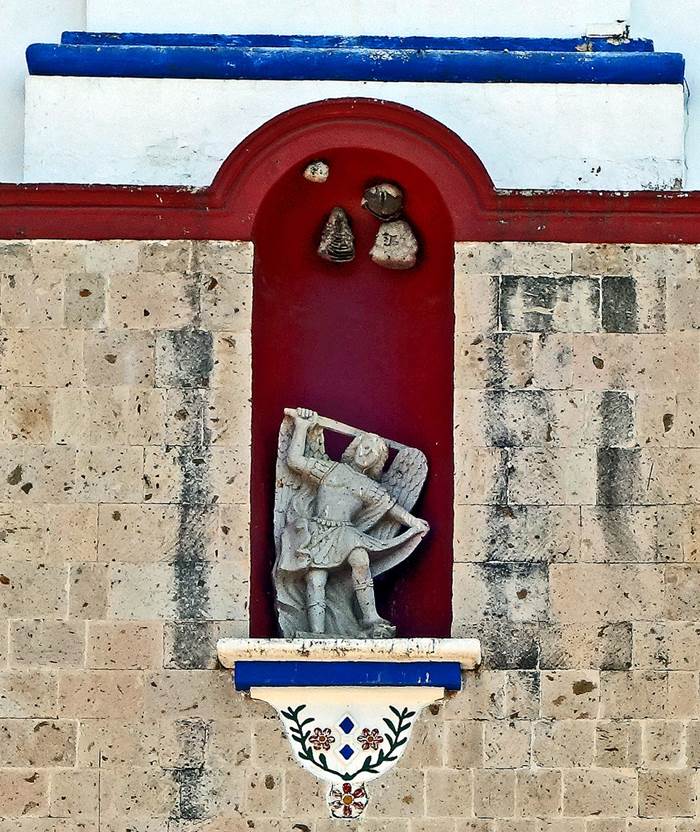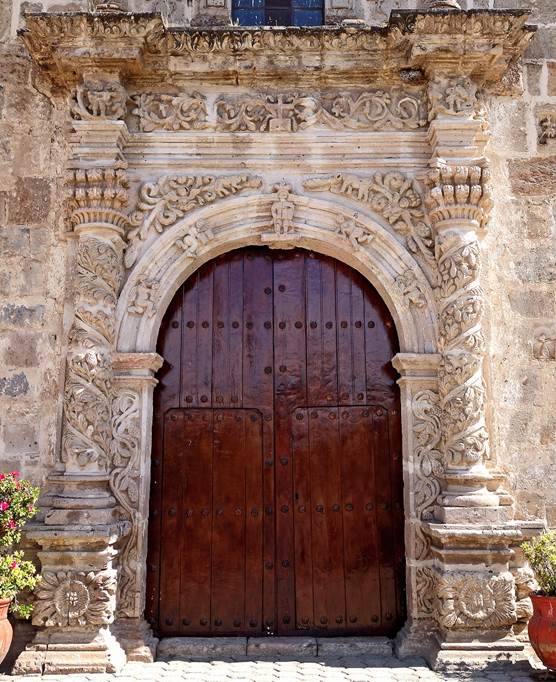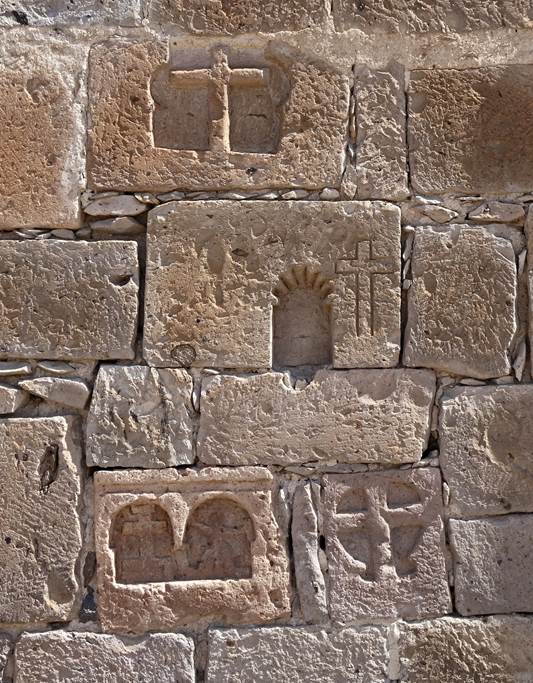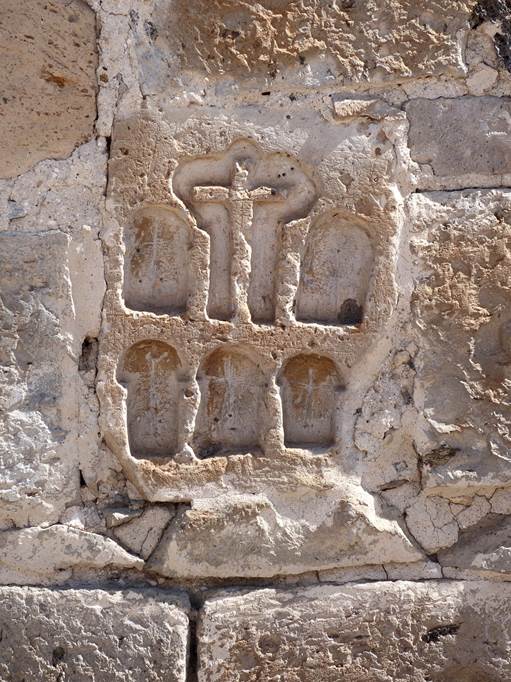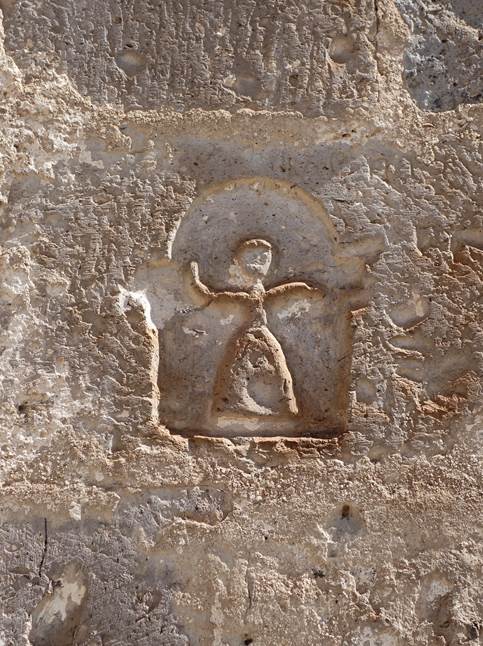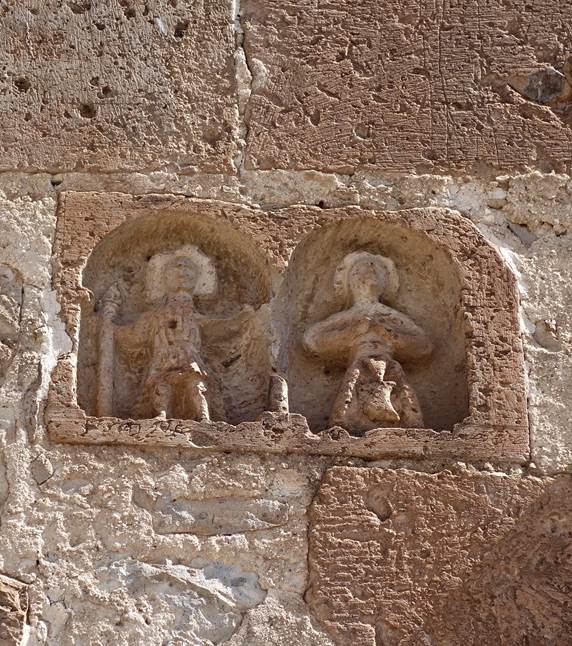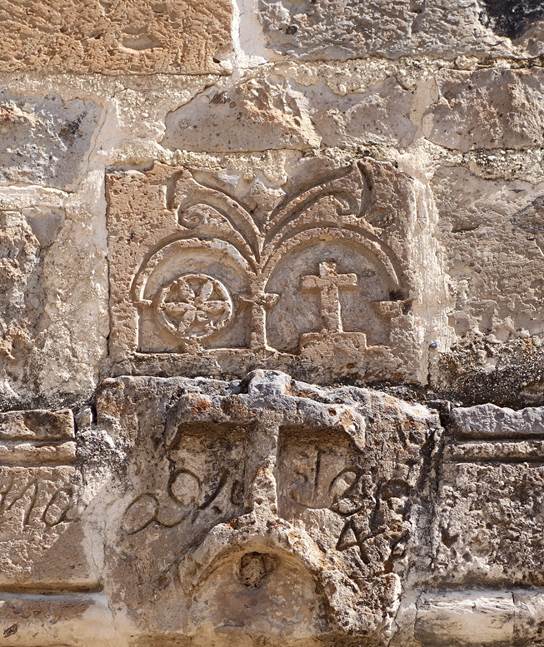Mexico: State
of Jalisco: Guadalajara and Tlajomulco (February 2024)
![]()
This site
shows photos I took in February 2024 during a short trip to Guadalajara and the
adjacent municipality of Tlajomulco. Guadalaraja is the capital of the state of
Jalisco and Tlajomulco is part of the Guadalajara metropolitan area. I
previously visited Guadalajara (and other parts of the state of Jalisco)
several times in the early 2000s, mostly for work. Photos I took during some of
these visits can be seen in a different webpage (link) I created several years ago, which also contains photos taken in the
states of Zacatecas, Guanajuato, Queretaro, Jalisco, Colima, and Michoacan. On
this 2024 trip I also traveled to the states of Guanajuato and Oaxaca. I put
photos of these two trips in these two sites: Guanajuato-2024 and Oaxaca-2024.
Palacio de Gobierno:
Located on the Plaza de Armas, the
Palacio de Gobierno was constructed between 1750 and 1790. Here, in 1810,
Miguel Hidalgo y Costilla (who started the Mexican War of Independence)
proclaimed the abolition of slavery.
Arcaded courtyard. The pointed twin
towers and a dome of the cathedral are visible in the photo on the right.
|
|
|
Mural by renowned Mexican artist Jose
Clemente Orozco (1883-1949) on the walls of the main staircase. It depicts
Hidalgo holding a torch against dark forces represented on the two lateral
walls of the staircase, while destruction is represented below his feet.
|
|
|

|
|
|
Left: View of the staircase from the
second floor. Right: Former congress hall on the second floor.
|
|
|
Another mural of Orozco in the former congress
hall, representing Hidalgo signing the bill (Libertad) abolishing slavery. In
the lower part of the mural, Benito Juarez signs another document entitled
Reforma.
|
|
|
Museo Cabanas:
This museum is housed in the former
Hospicio Cabanas, which was founded in the early 19th century as an orphanage.
The building, which opened in 1810, is huge and contains multiple structures
bordering 23 patios of various sizes. The most imposing structure is the
central chapel, the interior of which now houses numerous murals by Jose
Clemente Orozco. Combined with the cross-shaped architecture of the chapel,
these murals form a truly impressive sight.
View of the central chapel from the
entrance of the hospicio.

The chapel seen from the opposite side.

Patios and corridors of the hospicio.

|
|
Interior of the central chapel, with the
Orozco's murals. They depict the impact of nationalism, oppression,
militaristic ideologies, and rapid industrialization on the human spirit.

|
|
|
|
|
|
|
[The mural in the dome is the famous El Hombre de
Fuego.]



|
|
|
|
Cathedral:
The cathedral of Guadalajata is an
imposing building topped by two pointed twin towers covered with yellow and
blue tiles. Its construction, which started in 1561, took a century to
complete. As a result, it mixes different styles.
View of the cathedral's towers from the
nearby Rotonda de los Jaliscienses Ilustres.

Views of the exterior of the cathedral
at different times of the day.
|
|
|
|
|
|
|
|
|
|
|
|
Interior of the cathedral.
|
|
|
|
|
|
|
Other churches:
Guadalajara is home to many churches.
The following three are a small sample of these churches.
- Templo de Santa Maria de Gracia.

|
|
|
- Templo de Santa Monica. Its facade is
covered with intricate stone carvings.
|
|
|
|
|
|
|
- Templo Expiatoro del Santissimo
Sacramento, built at the end of the 19th century.
|
|
|
|
|
|
|
|
Teatro Degollado:
It was built in the second half of the 19th
century. Left: Facade of the theater. Right: Back of the theater with its long
bas-relief at the base.
|
|
|
Frieze depicting Apollo and the nine
Muses above the columns of the facade of the theater.

Bas-relief on the back side of the theater
representing historical events.

Panteon de Belen:
|
|
This quiet,
ancient cemetery is located 1.5km north of the cathedral. Closed in 1896, it
reflects the old history of Guadalajara. Numerous old graves and mausoleums
stand in an enclosure overgrown with weeds. The enclosure is surrounded by an
impressive columbarium in a covered walkway lined with columns. I visited the
cemetery with Adrian Escobedo. A native of Guadalajara, Adrian is a
free-lance guide. He is also a former US Marine, who served in Saudi Arabia,
among other places. He speaks fluent English and knows many great stories and
legends about the various graves and their occupants in the cemetery. We
spent 1.5 hours together in the cemetery. He can be contacted at adrian@taboonatgeo.com. |
Tombs in the cemetery. The column-lined
columbarium is visible in the background.
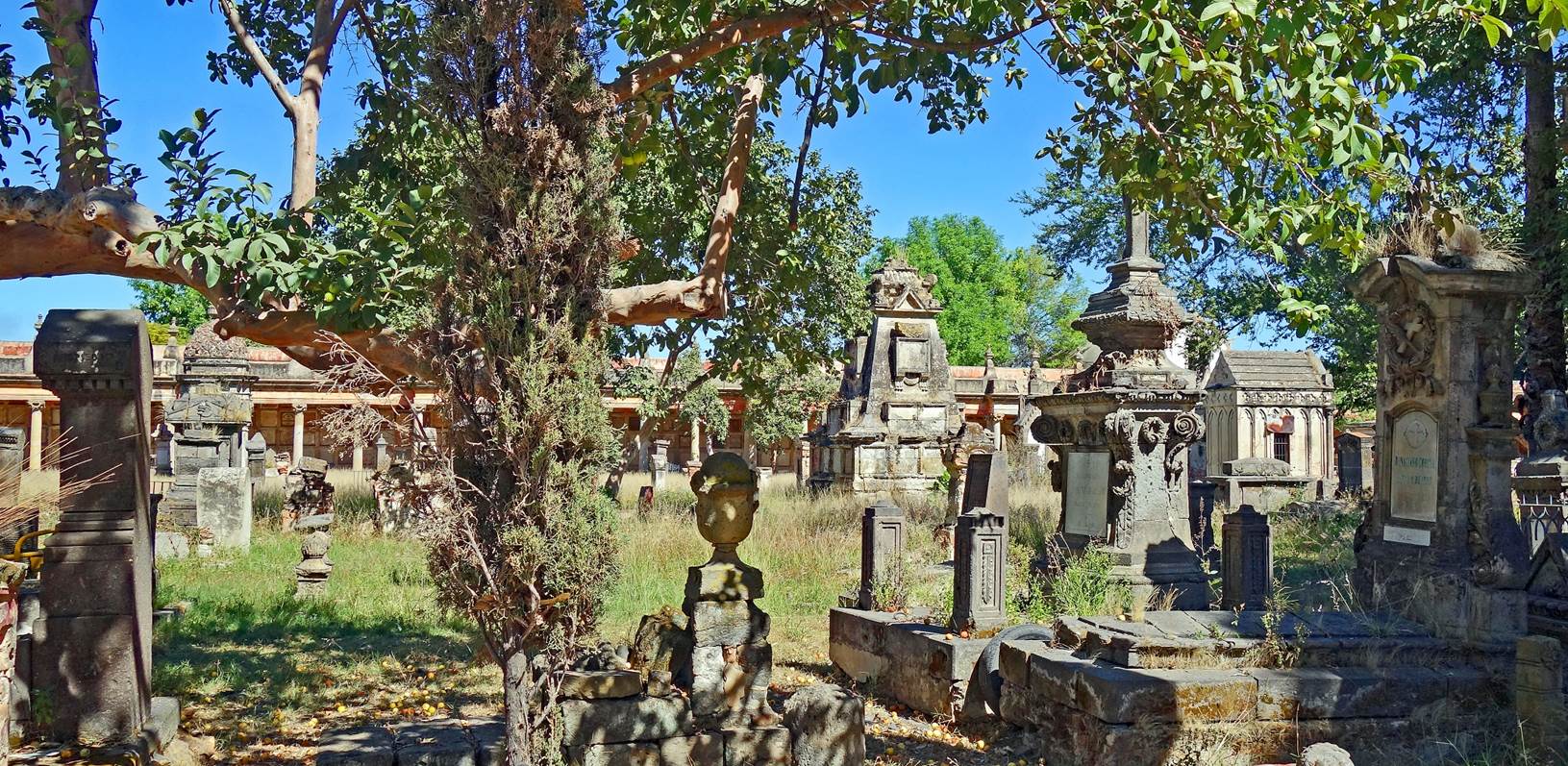

Views of the columbarium.
|
|
|
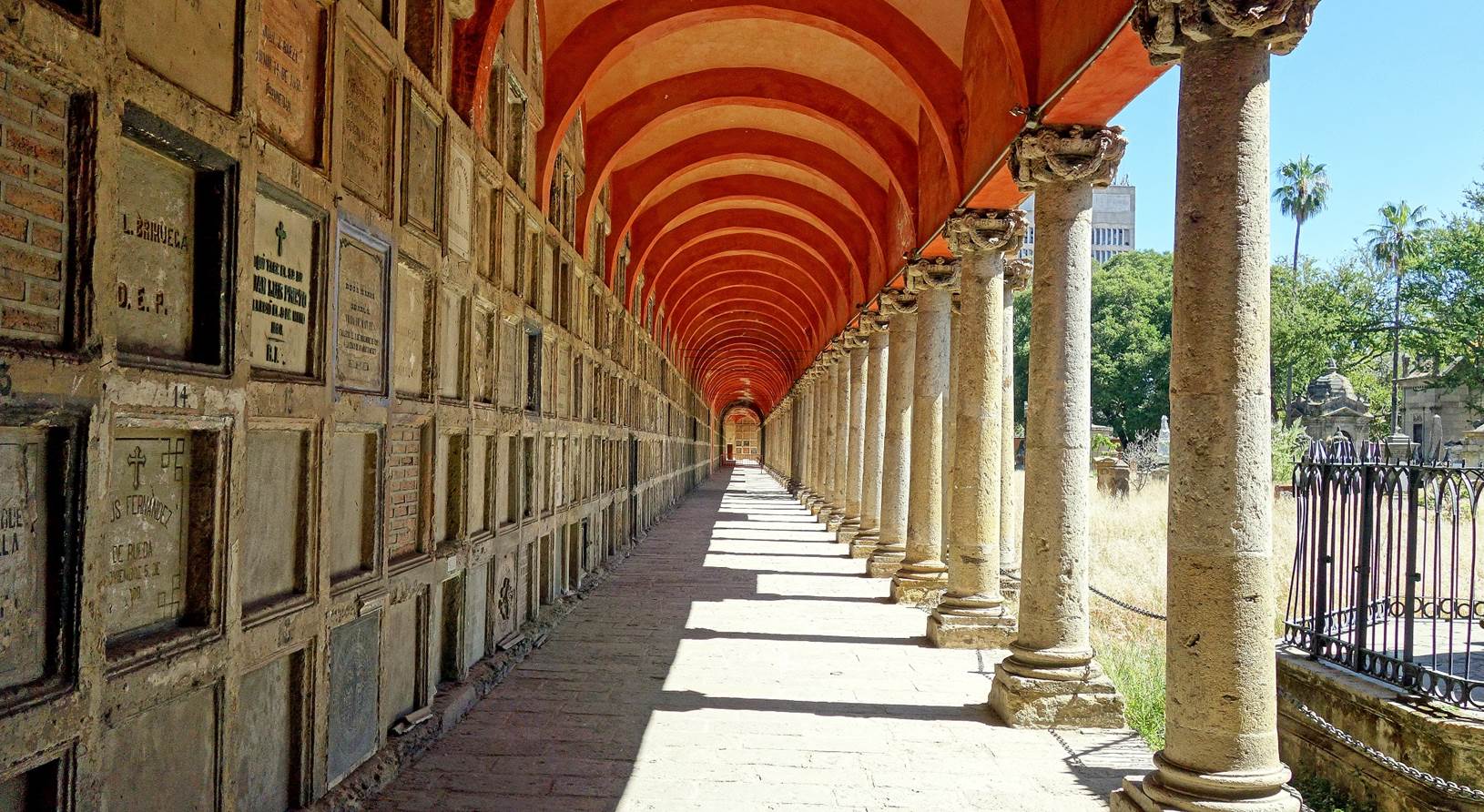

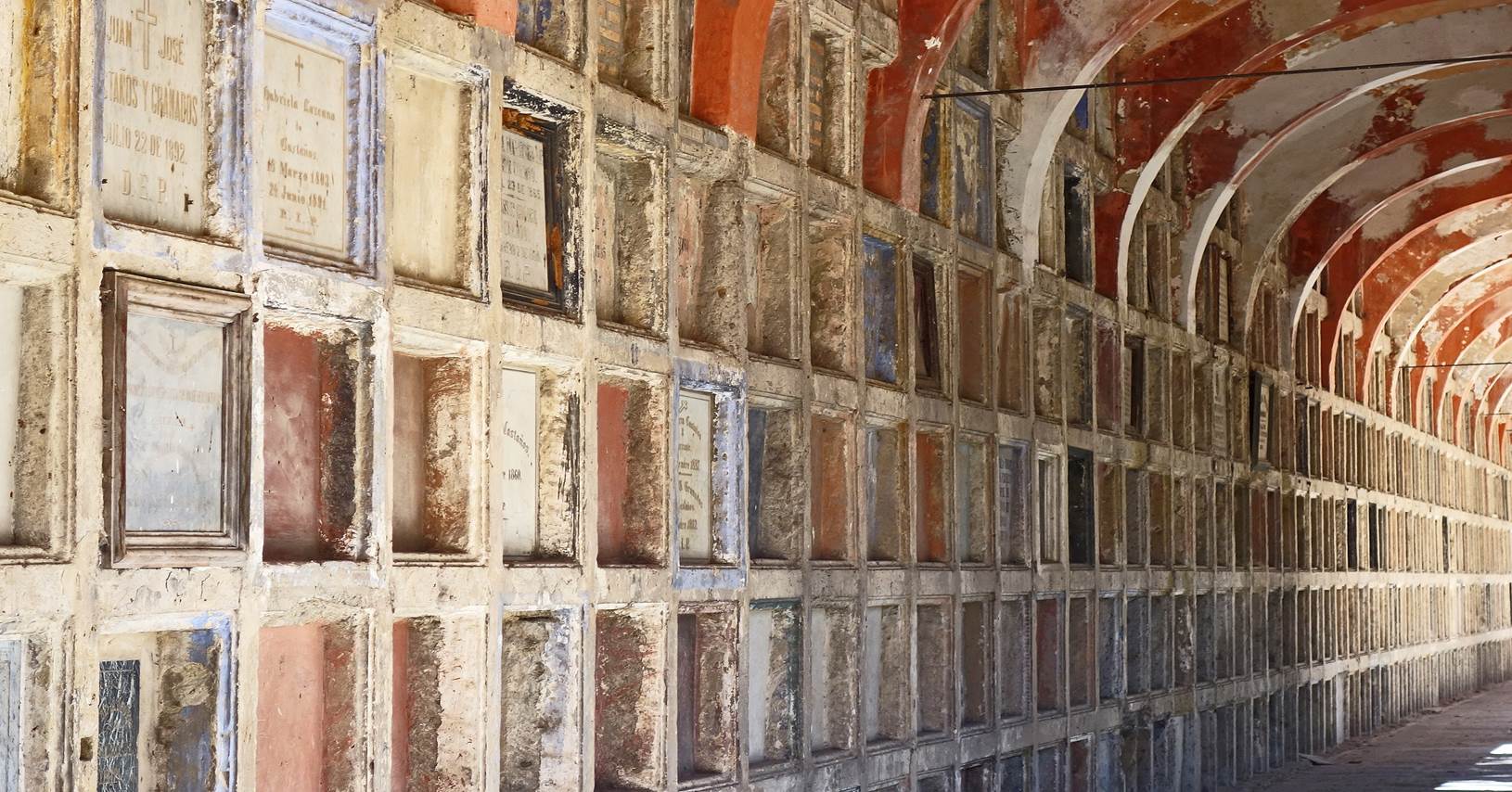
A few graves with names in the
columbarium.
|
|
|
|
|
|
|
|
|
|
|
|
Left: Central mausoleum in the cemetery,
built by famous architect Manuel Gomez Ibarra. It contains the remains of
distinguished people of Guadalajara from the 19th century. The two statues at
the base of the tiled cone represent mourners, who used to be hired by rich
people to participate in burial ceremonies. Center and right: Other mausoleums.
|
|
|
|
Left: Family tomb. Right: Mausoleum.
|
|
|
Panteon de Mezquitan:
This is another historical cemetery located
3km north of the cathedral. More recent than the Panteon de Belen, it was open
in 1896.
Two portions of a long mural at the main
entrance of the cemetery.
|
|
|
Statues and other stone carvings in the
cemetery.
|
|
|
|
|
|
|
|
Mausoleums.
|
|
|
|
Street sights:
Statue on Avenida Fray Antonio Alcalda,
a short distance north of the cathedral.
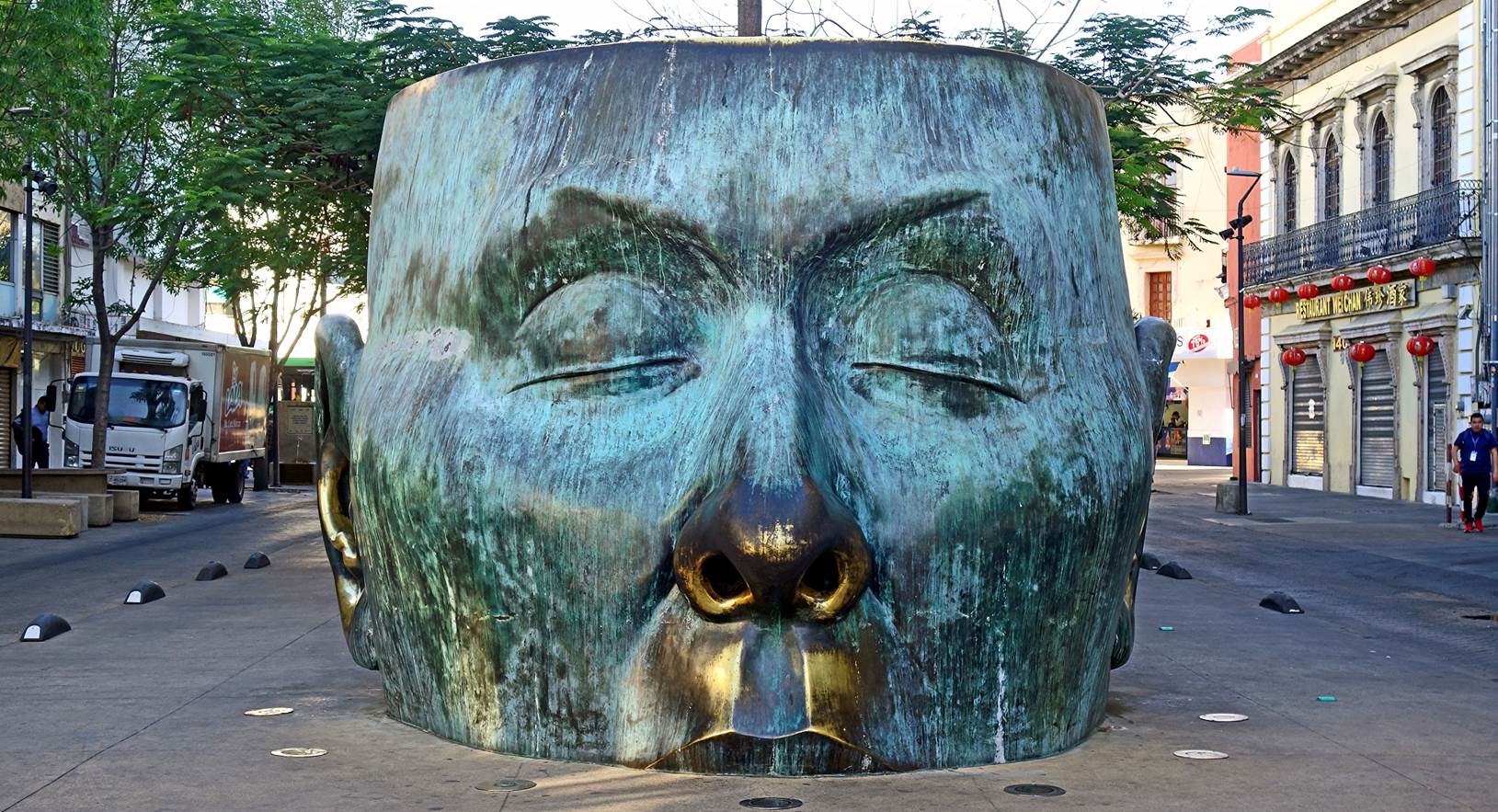
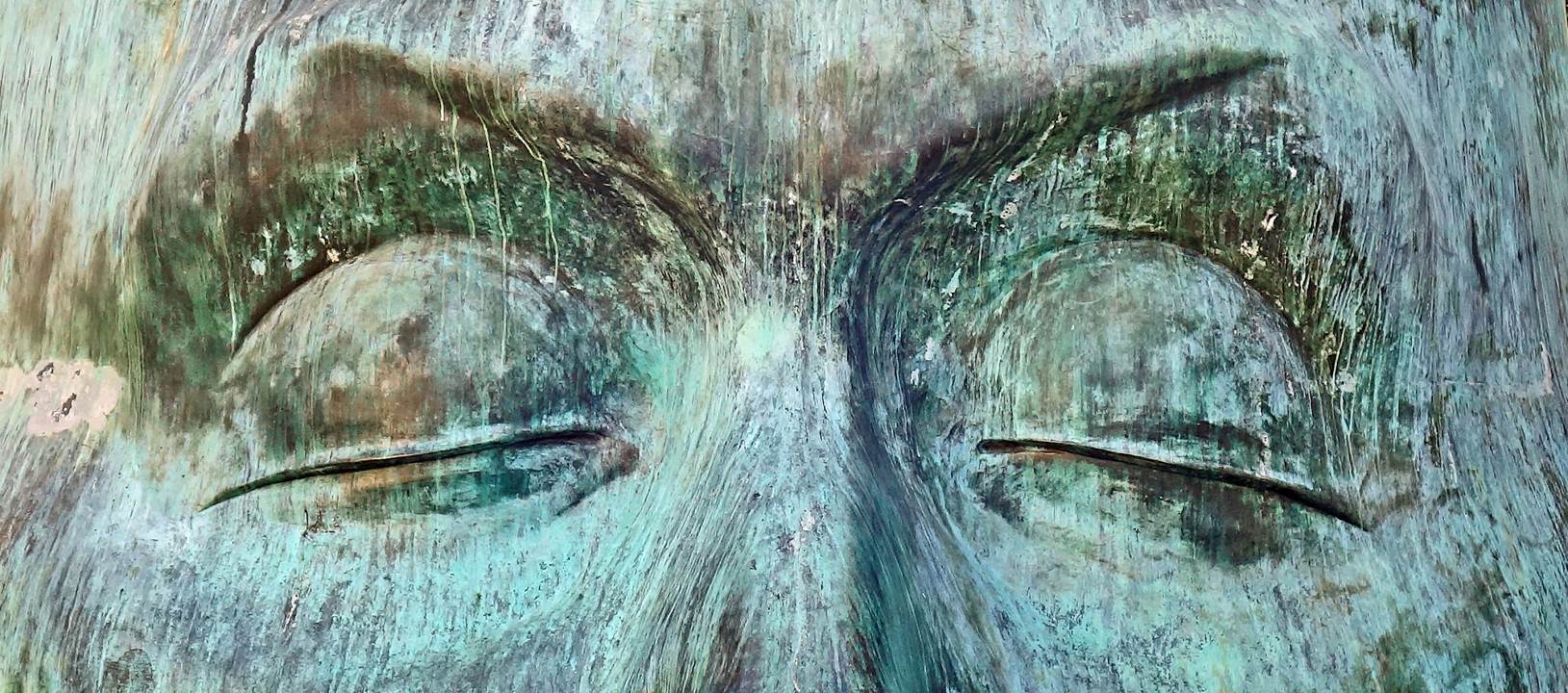
Murals in different parts of the city.
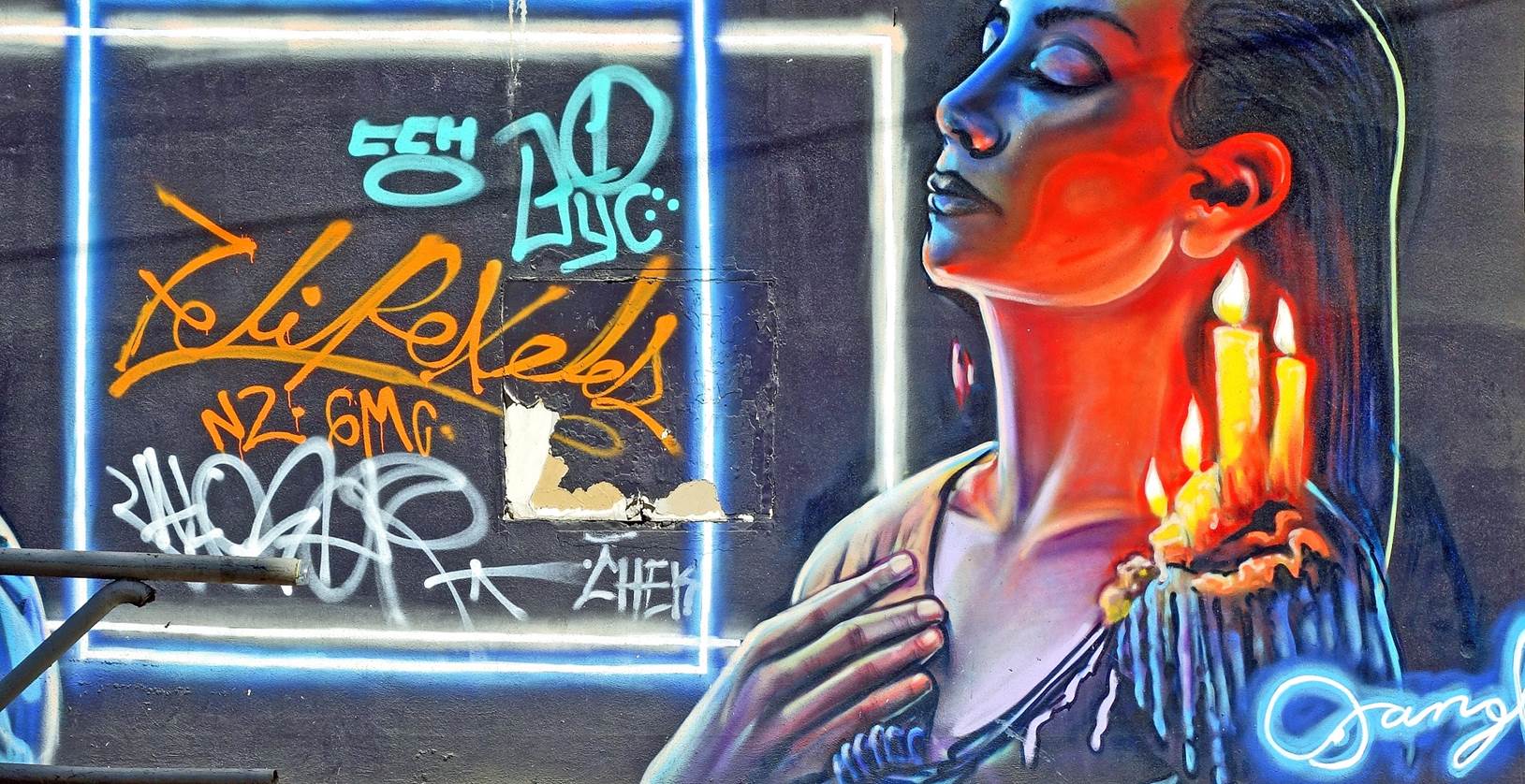
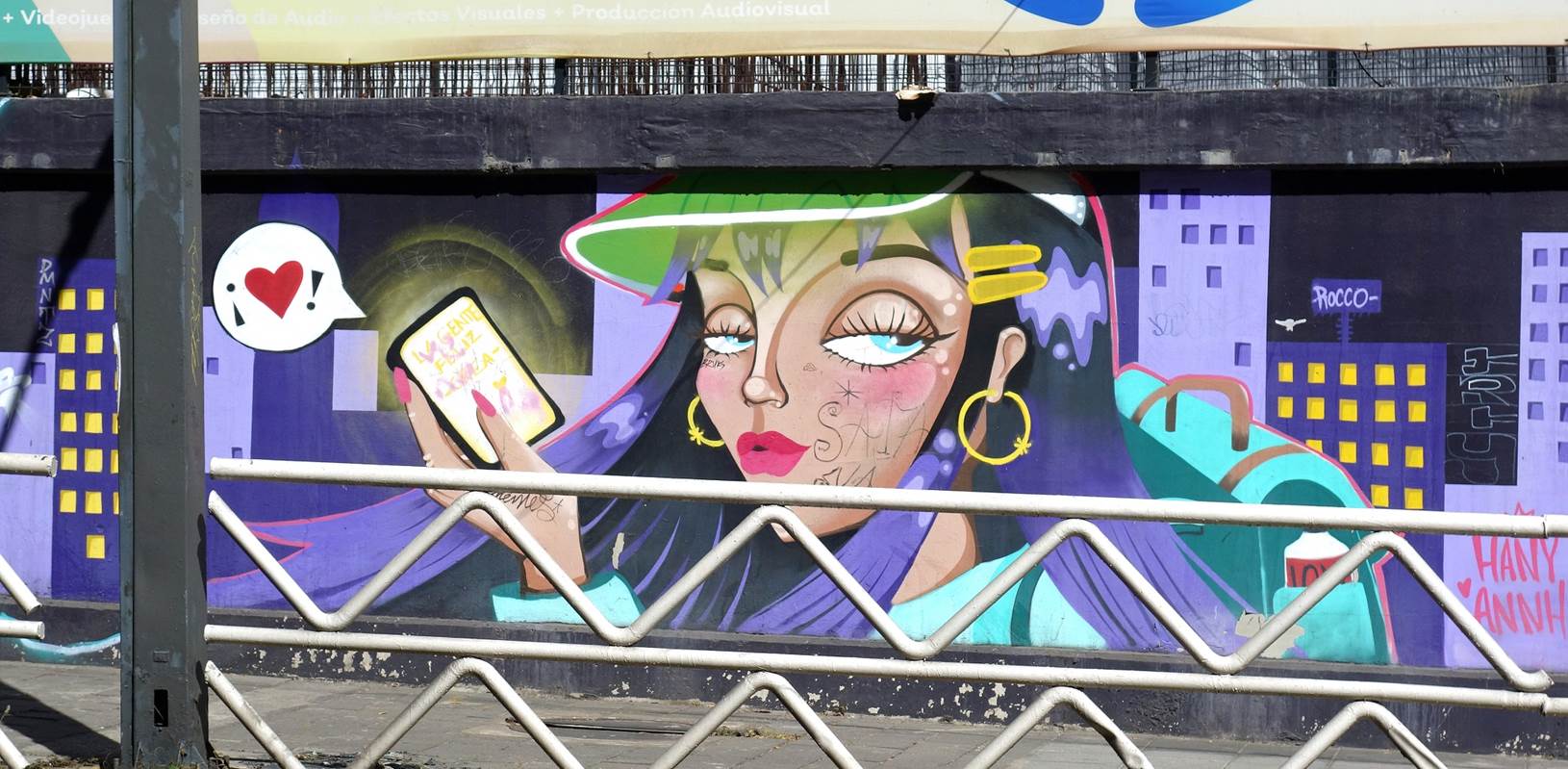
|
|
|
Old-fashion carousel.
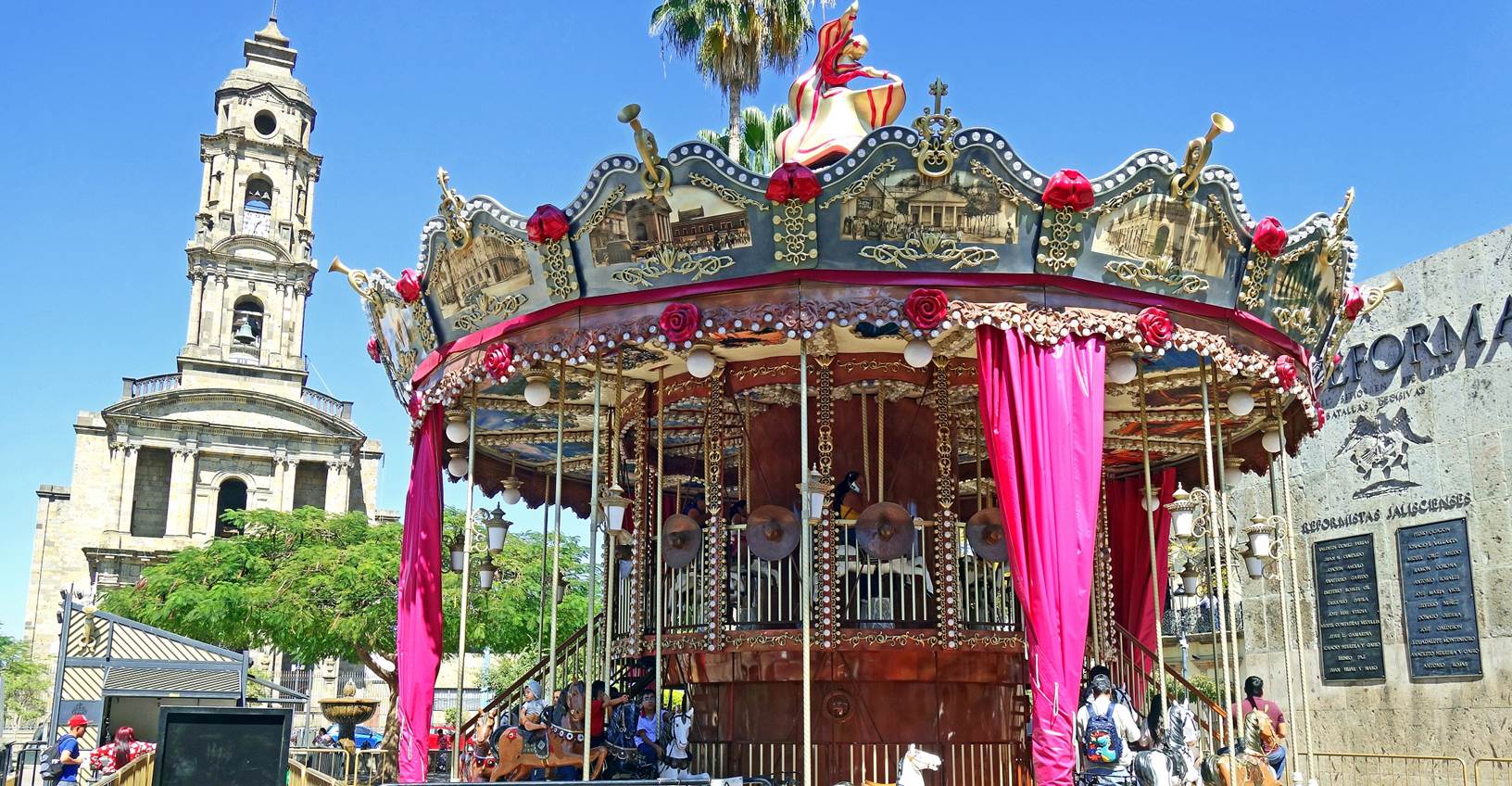
Horse-drawn carriages on Plaza
Guadalajara, next to the cathedral at night.
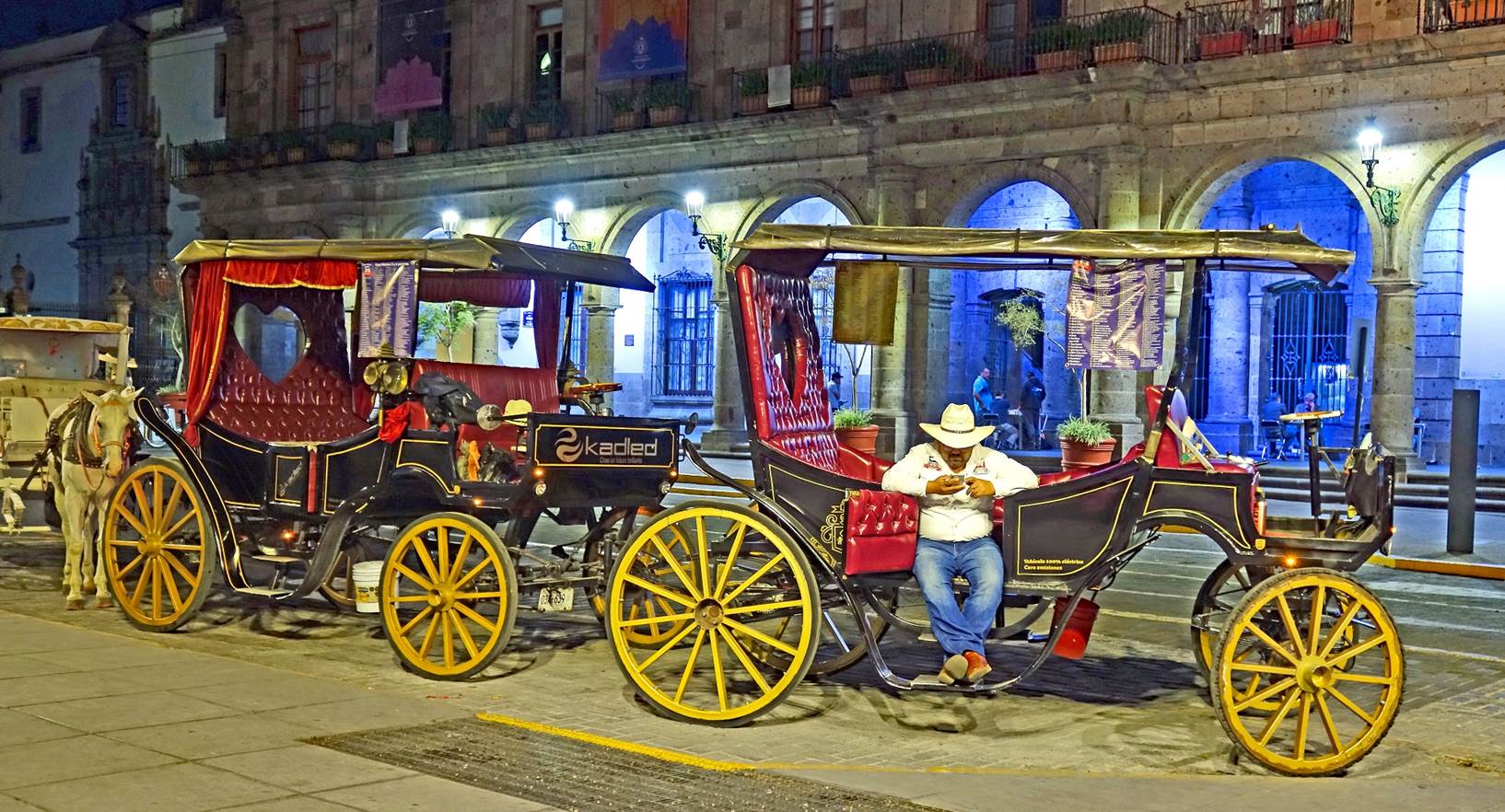
Music kiosk on the Plaza de Armas, with
the Palacio de Gobierno in the background.
|
|
|
Chapels of Tlajomulco (Ruta
Franciscana):
Tlajomulco is a municipality in the
southwestern corner of the Guadalajara metropolitan area. It is home to 10
Franciscan missions built in the 17th and 18th centuries, forming the so-called
Ruta Franciscana. Below are photos of the baroque-style chapels/temples of 6 of
these missions.
- Capilla de Nuestra Senora del Refugio.
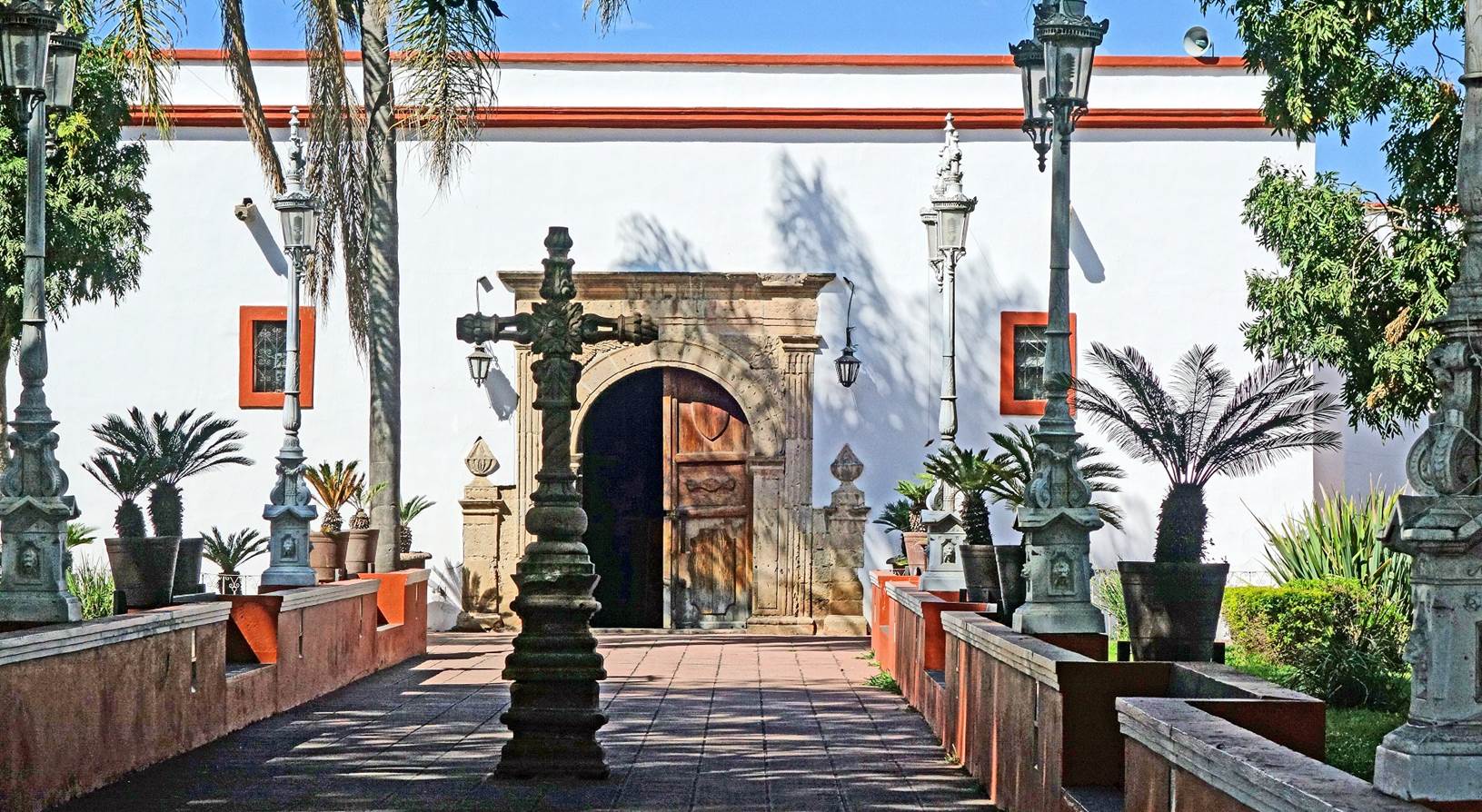
|
|
|
|
|
|
|
|
|
- Capilla de Nuestra Senora de Santa
Anita.
|
|
|
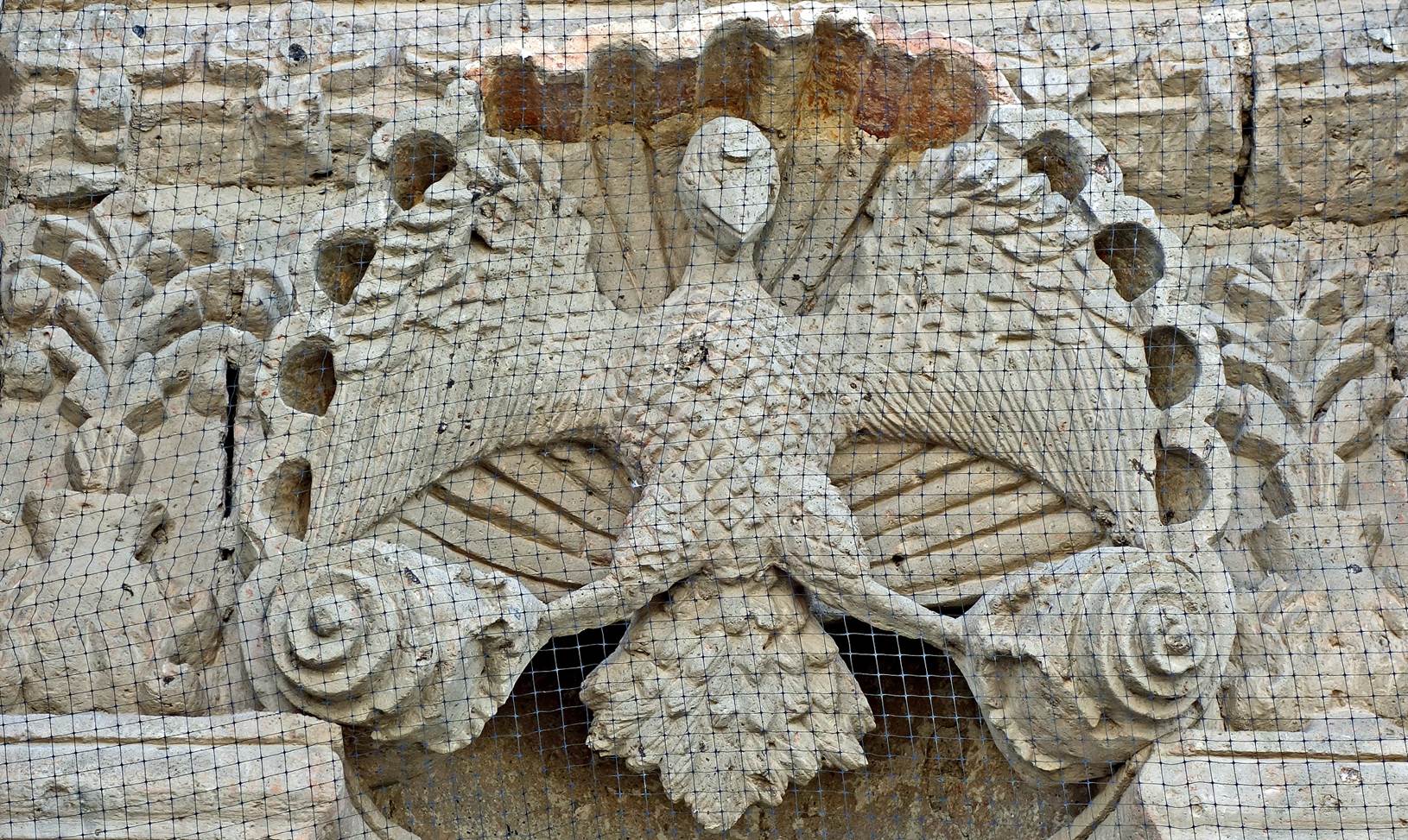
[Stone carving on the
facade of the chapel.]
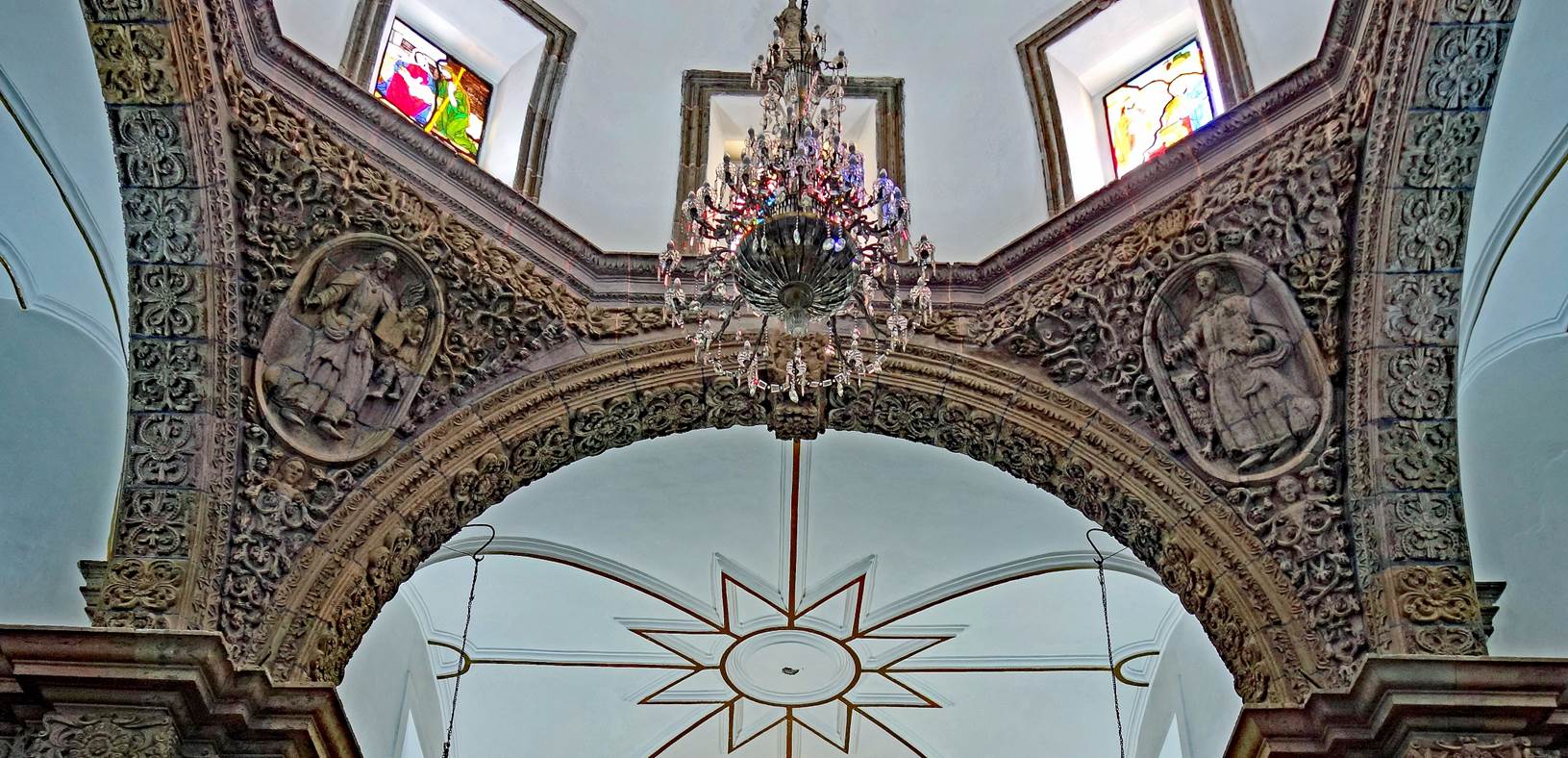
[Stone carvings inside the chapel.]
- Capilla de la Santa Cruz, a baroque
jewel built in 1594-1692. Unfortunately, the chapel was closed.
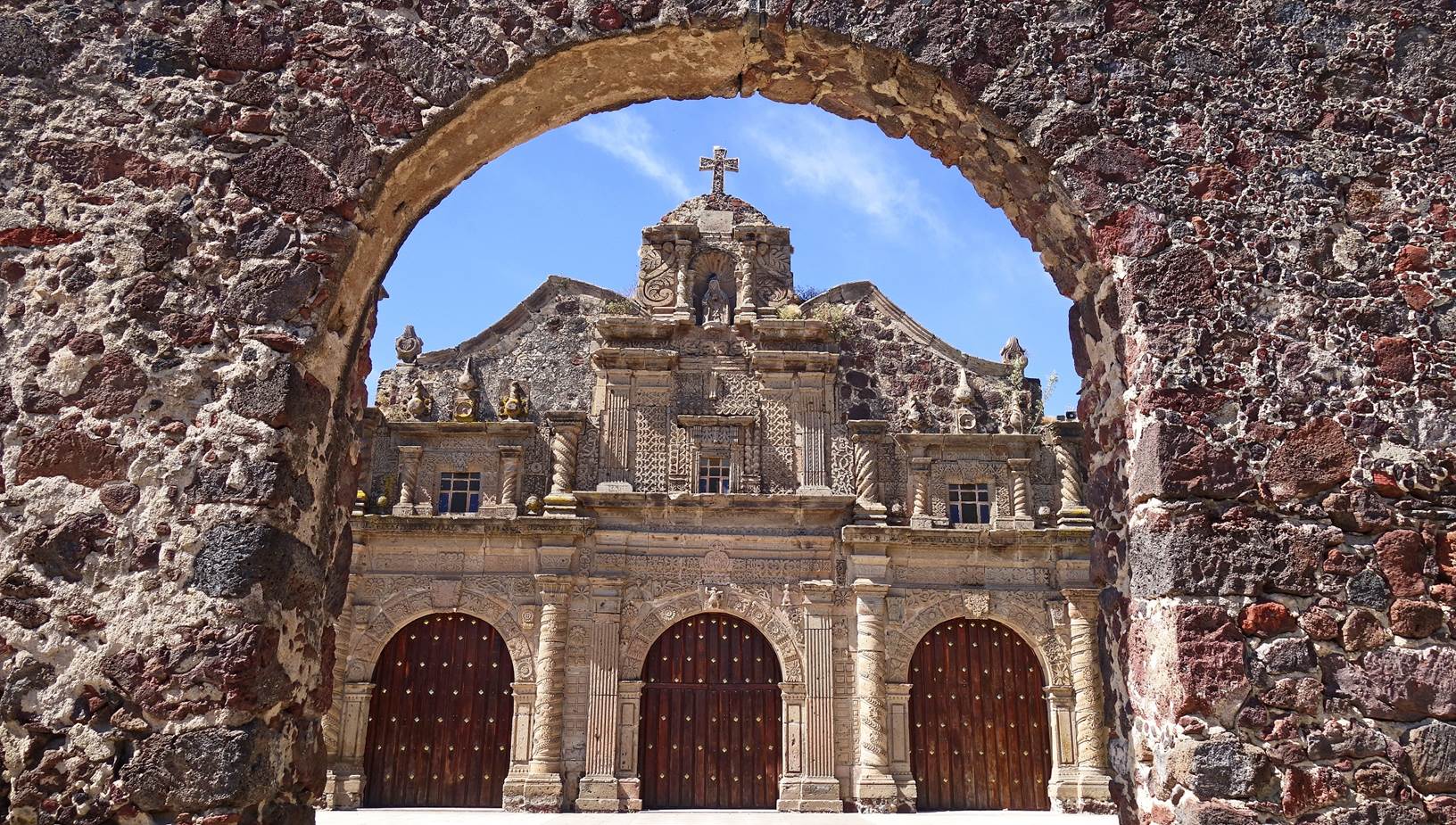
|
|
|
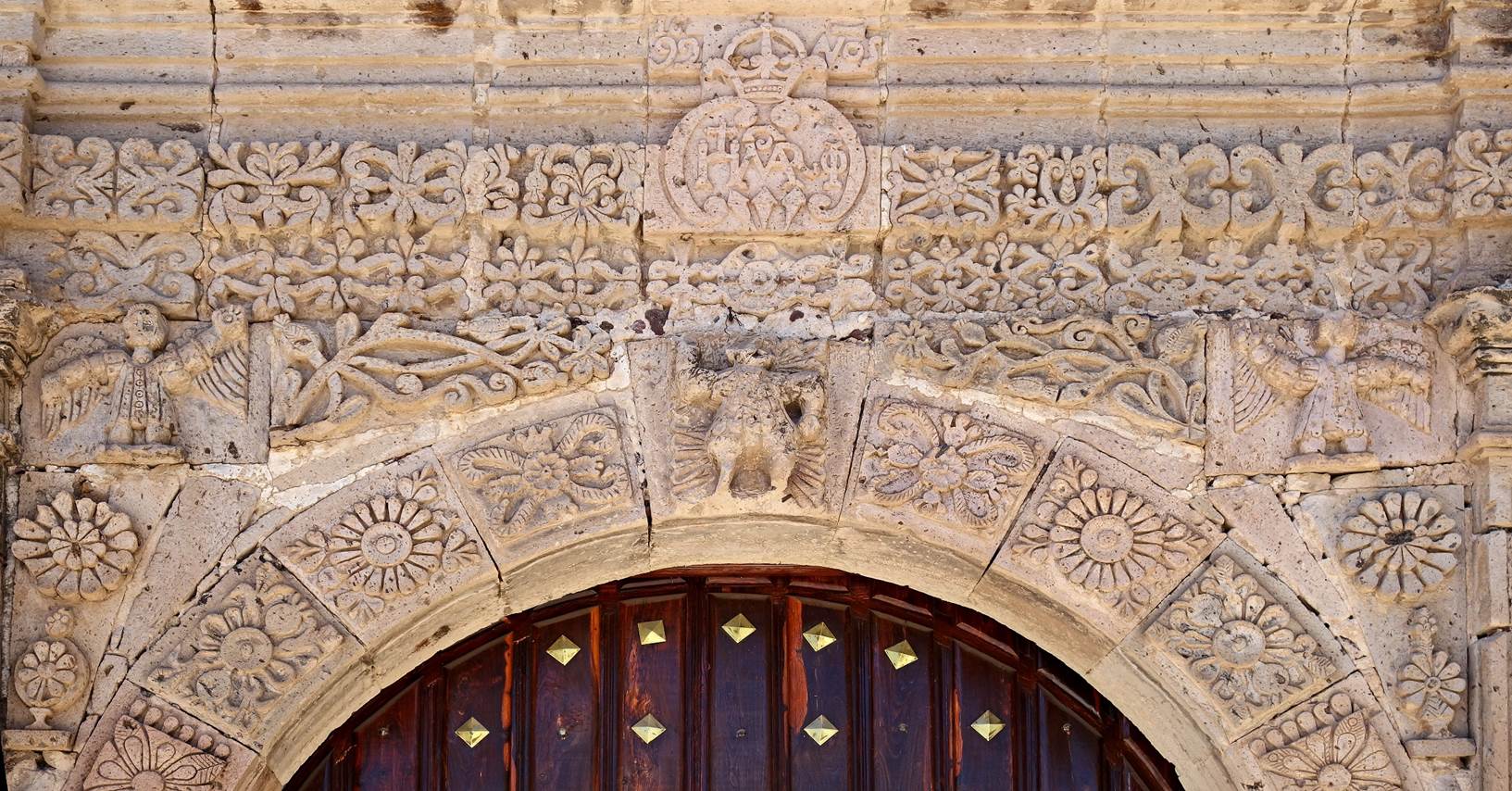
|
|
|
|
- Templo de Nuestra Senora de la
Soledad.
|
|
|
- Capilla de San Juan Evangelista.
|
|
|
- Capilla de San Lucas Evangelista.
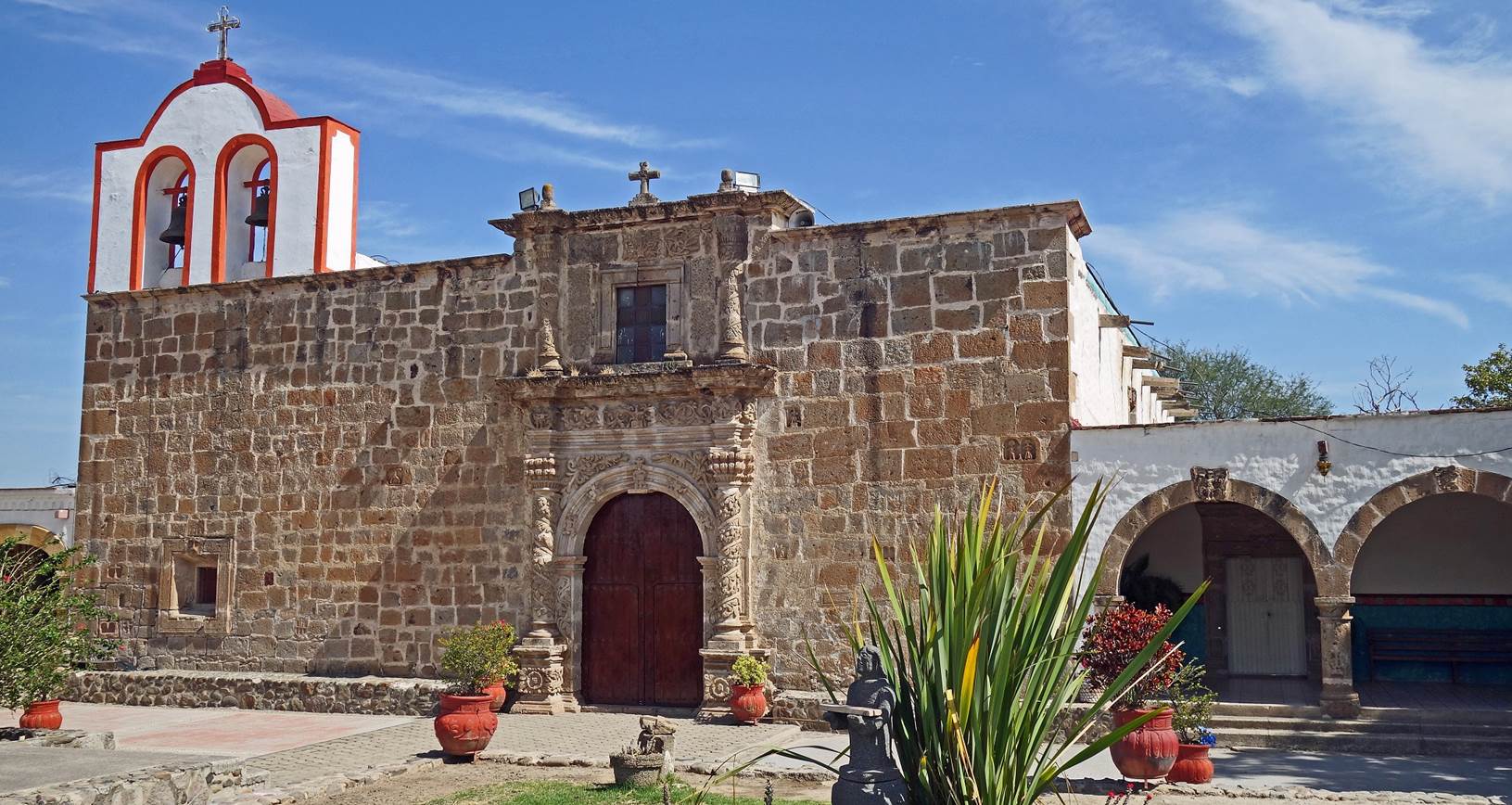
|
|
|
|
|
|
|
|
[Carved stone blocks in the facade of the chapel.]
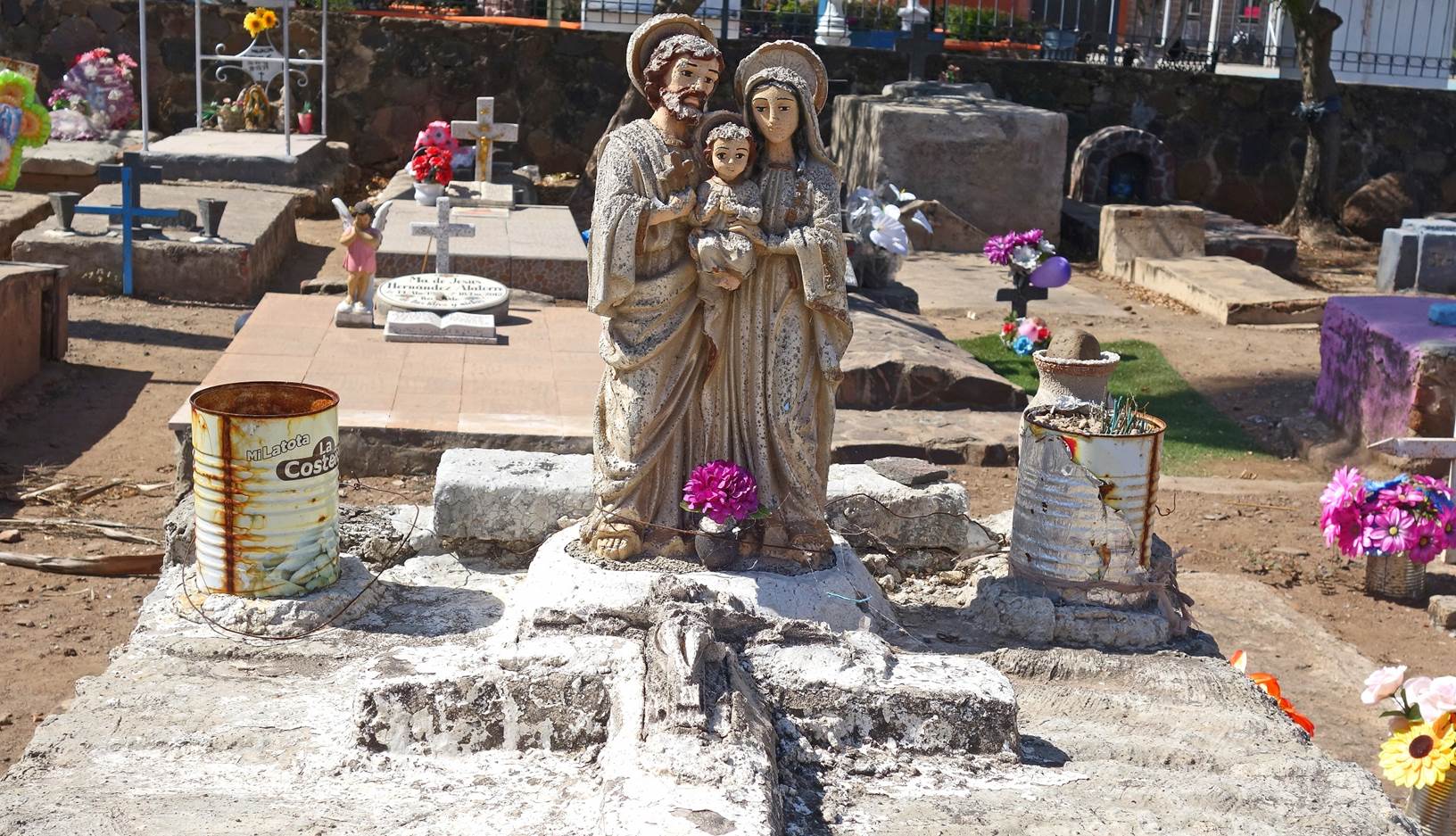
[Tombs in the cemetery adjacent to the chapel.]
![]()

















































